An overarching struggle that many students seem to face while studying abroad is homesickness. This could be triggered from various things such as illness, seeing a dog that reminds you of your dog, something going wrong while traveling, and the list goes on.
One thing that I was really nervous about upon entering my abroad semester was making friends. While I consider myself to be an outgoing individual, sometimes I can get really shy around strangers or people that I don’t know very well. Going into my semester abroad, I kept reminding myself of one fact: everyone is in the same boat as you are. Keeping this in mind allowed me to talk to a lot of people in my program as well as people living in my student accommodation. I am honestly shocked at how many friends I’ve made so far and I think that it is going to be really hard to leave in December because of this.
From this, a nagging question resonated in my mind: with my lack of homesickness, what would happen if someone from home got thrown into the mix? Honestly, with how happy I was feeling, I was left with a sense of dread at the thought of seeing my dad, who came to visit me for 12 days. This isn’t to say that I don’t love my dad– I love my dad so much and was excited to show him around my new neighborhood and to tell him about all of the things I’d learned so far. But, would seeing my dad in the middle of my semester make me finally fall out of the honeymoon phase with London?
Luckily, all of my fears were washed away when I saw my dad coming up the escalator, out of the Tube Station on a random Thursday morning. Rather than crying, I was filled to the brim with joy at the thought of the following few days.
That night, we flew to Switzerland, where we stayed in Zurich, Grindelwald, and then Interlaken. The sights were beautiful, but more than anything, I was happy to have the one on one time with my dad, away from the hustle and bustle of everyday life in the big city. While there, we did a cable car up the side of a mountain and we tried out e-bikes, fondue, and chocolate strawberries.
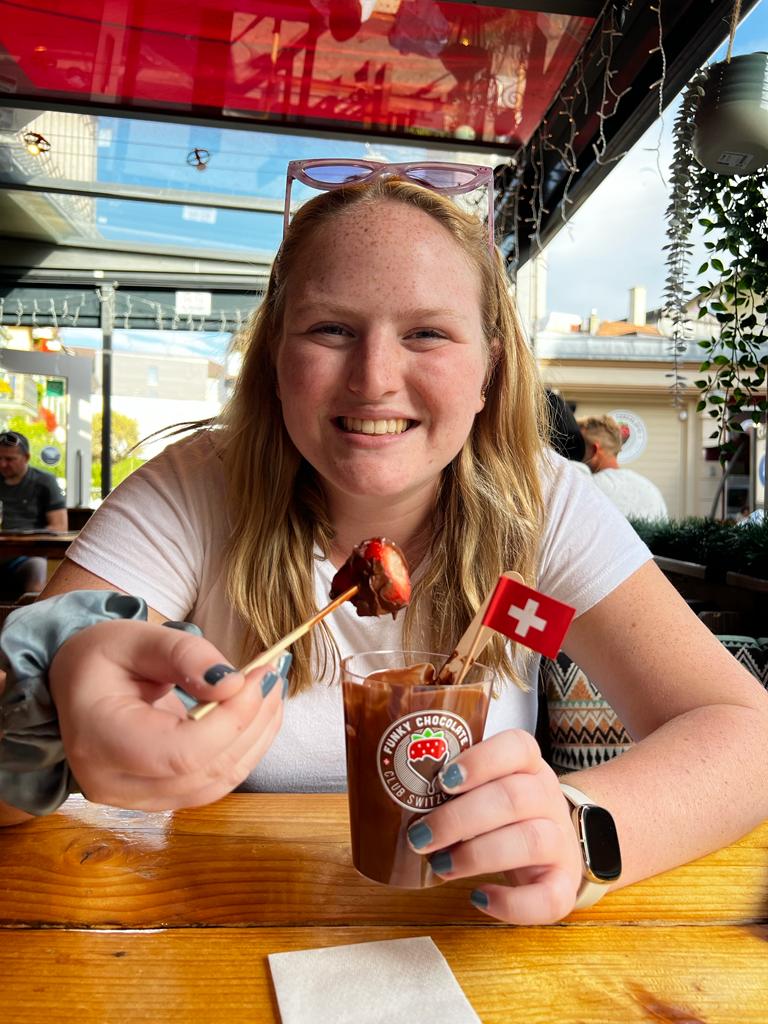
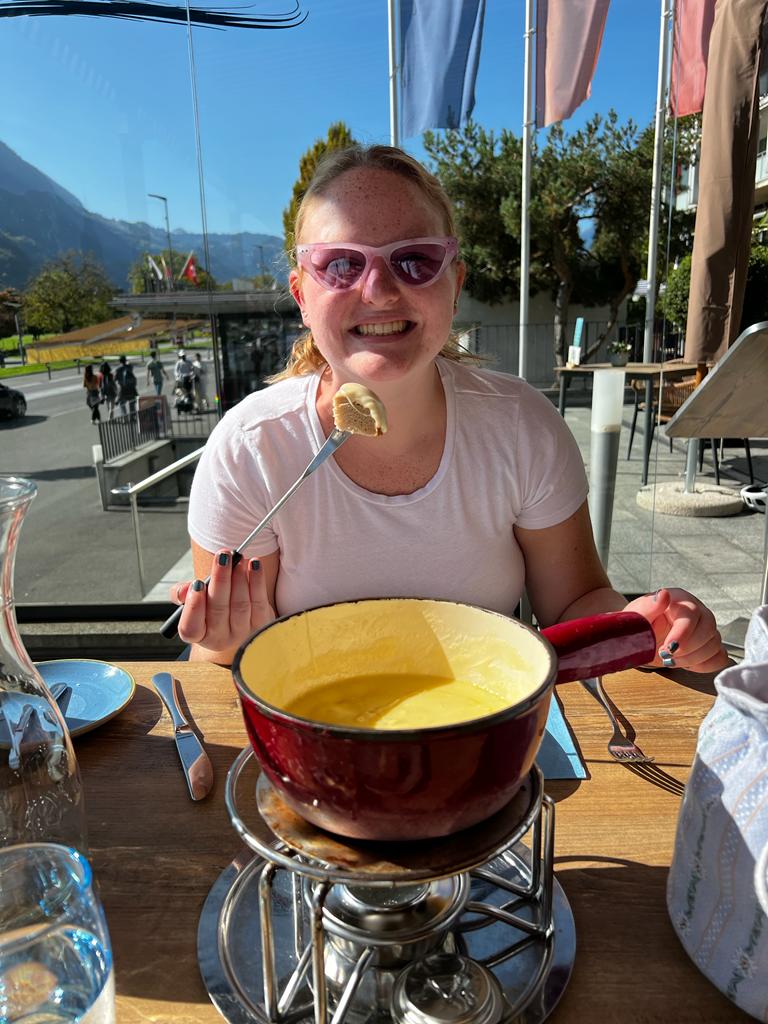

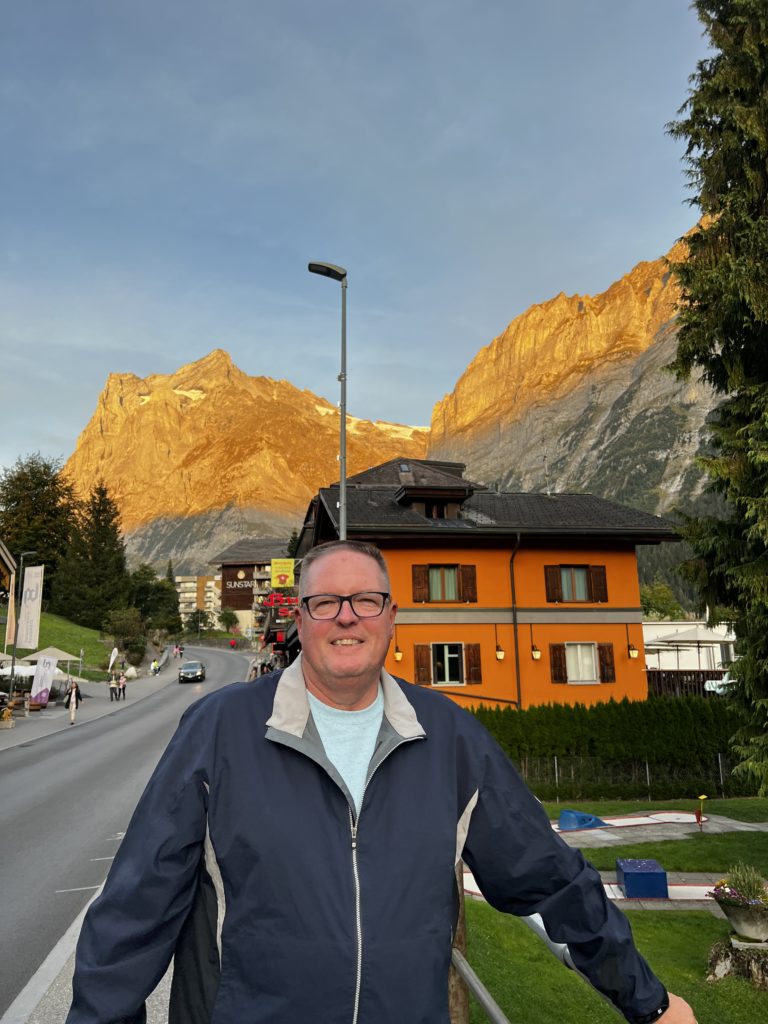

My dad then stayed in London for a day. He toured around the city, taking in the various tourist attractions while I was in my acting class at RADA. Next, I showed him a few of my favorite breweries in my neighborhood, Walthamstow– Big Penny Social and Signature Brew.
The next few days were when I felt a little bit of fear for my dad, as he was traveling solo to Dublin, Ireland while I was still in class (sad face). But, come Thursday when I met him there, I was reassured that he was safe and sound, having the time of his life by himself. Isn’t it odd that as you become more of an adult, you start to worry about your parents? Like the roles are slowly reversing? I had never felt that sensation before in my life until I saw my dad flying all by himself.
In Dublin, we went to many of the touristy sites and we also did The Cliffs of Moher, Galway, Burren, and Howth. I even got to catch up with my Hope friend, Grant, as he is studying in Dublin for the semester. What I found nice about Ireland was how cheap the trains were– we were able to get a round trip ticket from Dublin to Howth for just 5 euros each!

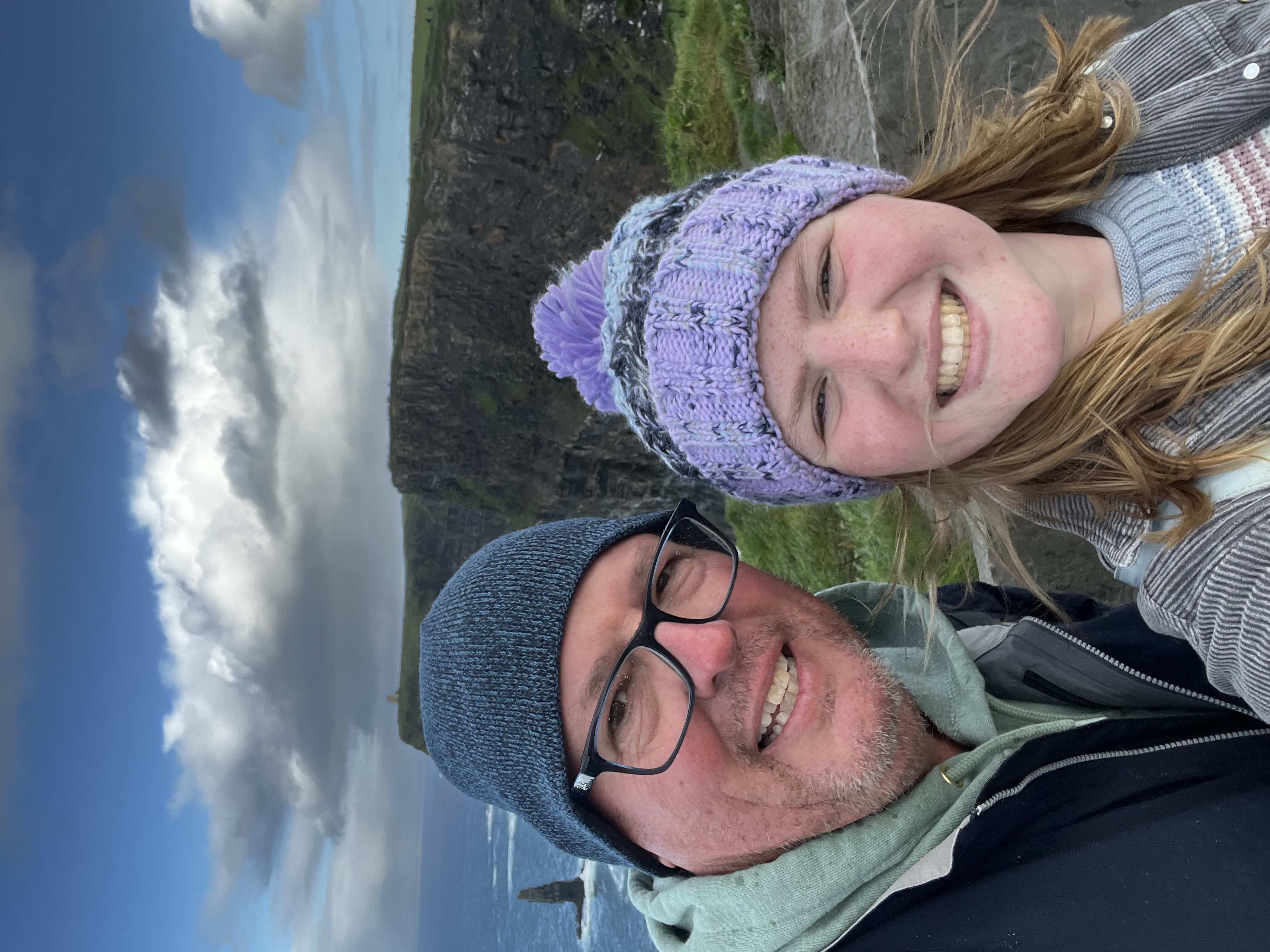
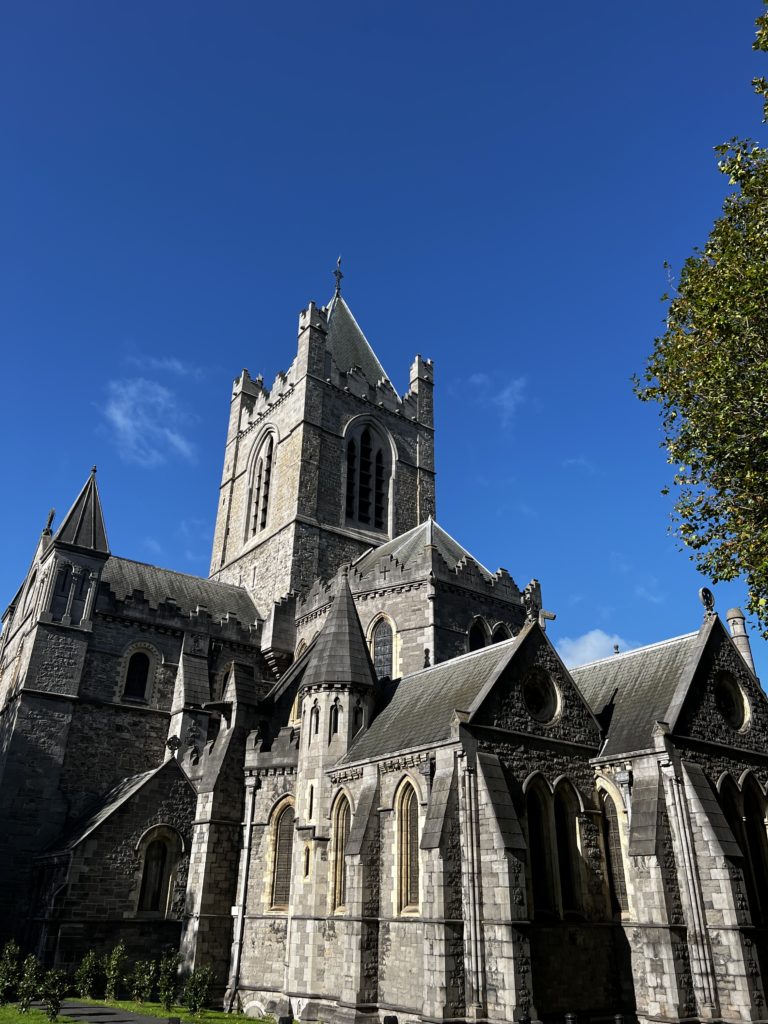
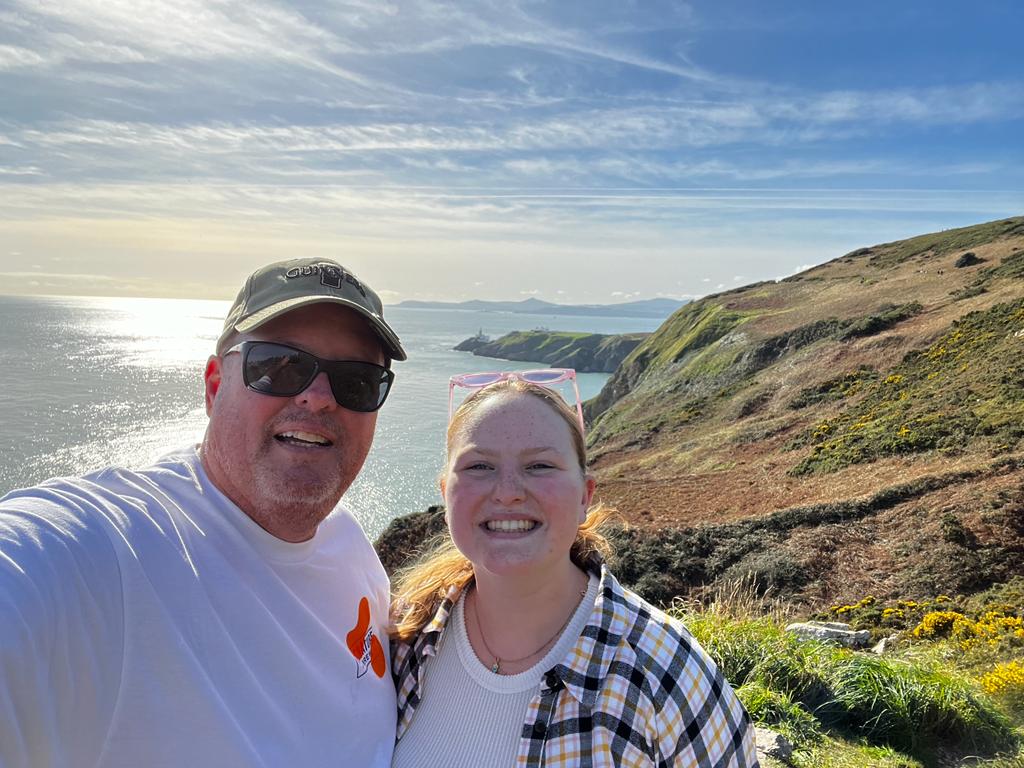
Another thing that I found nice about traveling with my dad was that instead of having to plan trips myself (which is not fun in my opinion), I was able to just hang out with my dad and we could plan things together. This is also what I like so far about the IES field trips– everything is already planned, all you have to do is show up.
All and all, it was really fun getting to travel with my dad. It definitely helped that he came in the middle of the semester for multiple reasons: first, he brought me more clothes and I sent some back with him, second, I was able to have something to look forward to (in the case that I did get homesick), and third, I was able to go to some cool places! If anything, the worst part was saying goodbye. But, it helps to know that I’ll be home in less than two months, and in the meantime, I’ll get to experience more new things and go on more adventures!


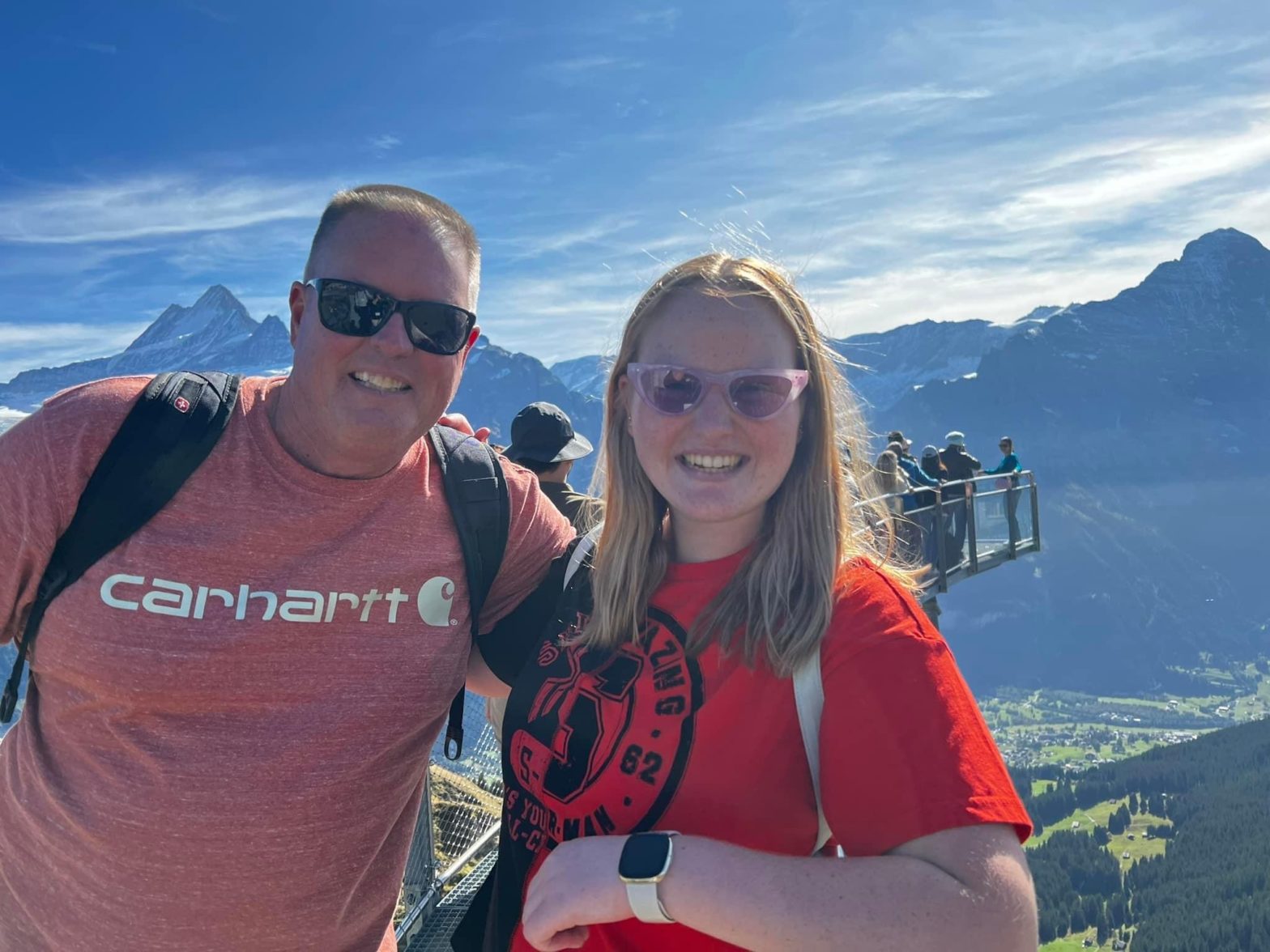
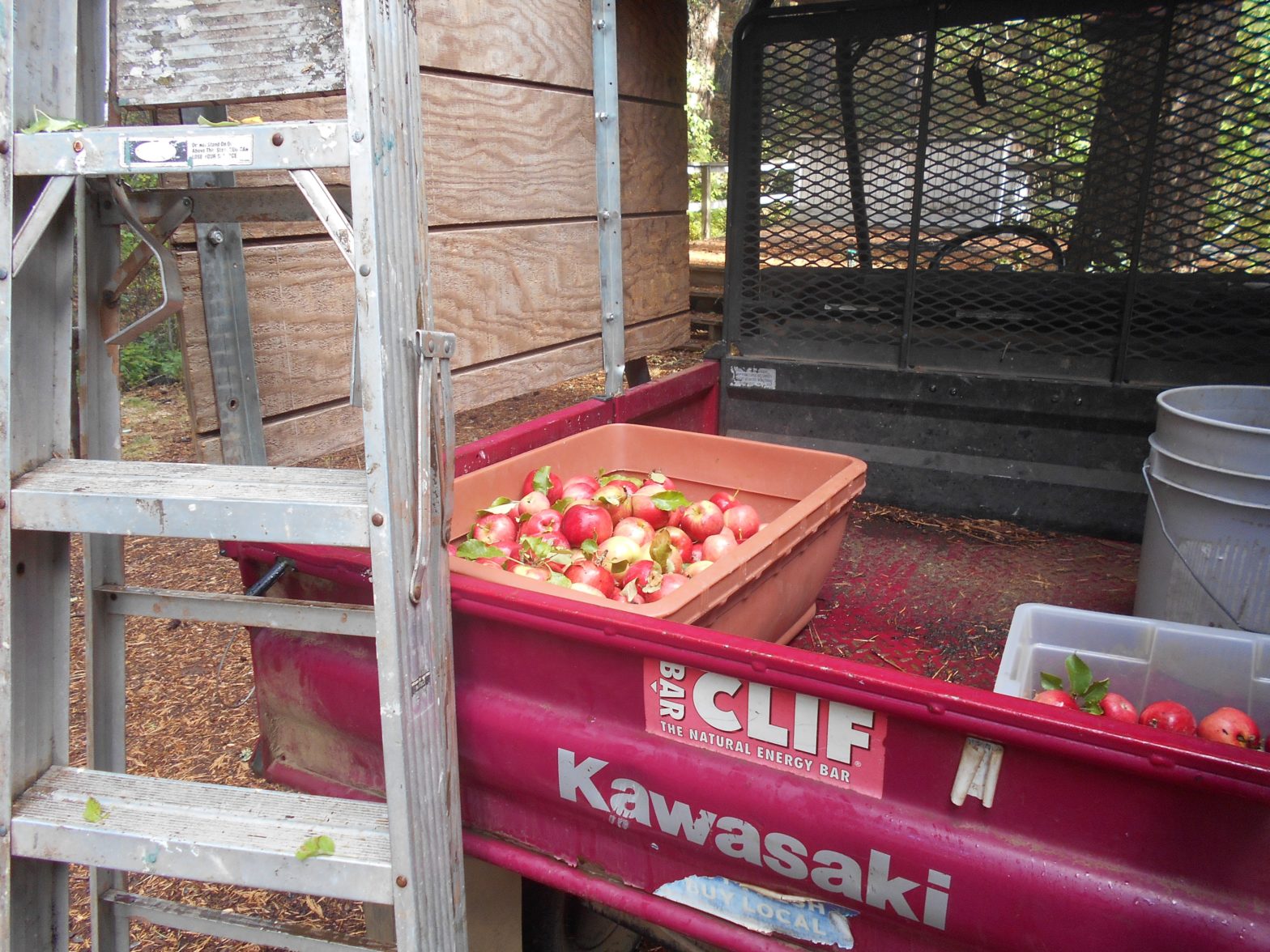
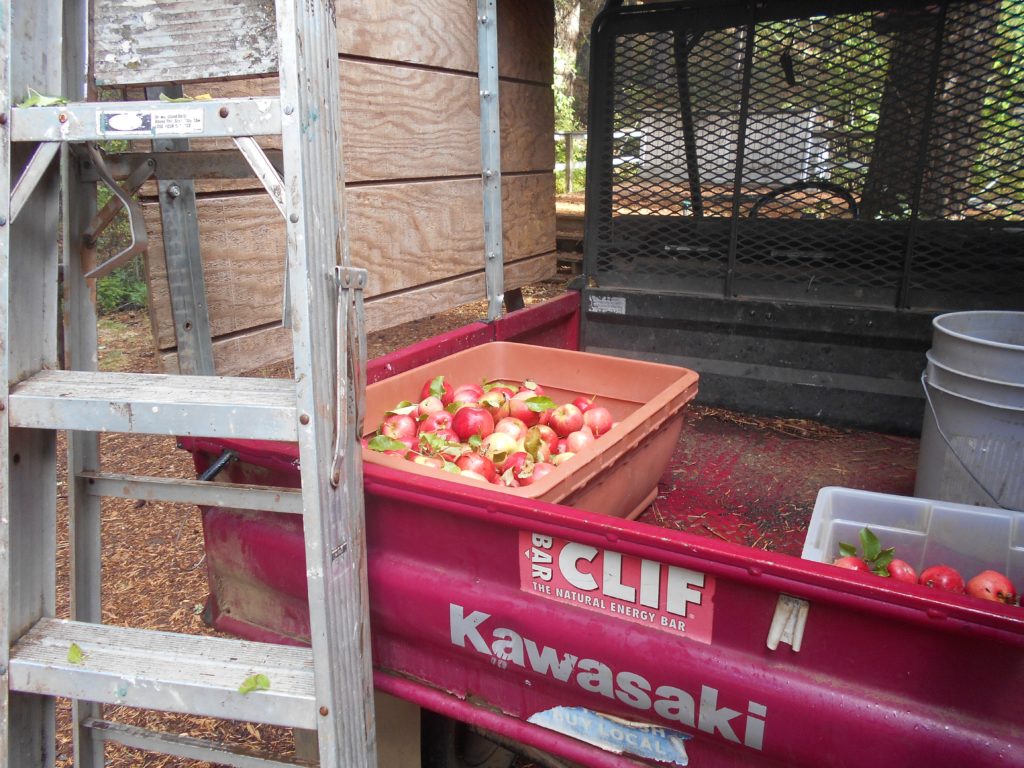
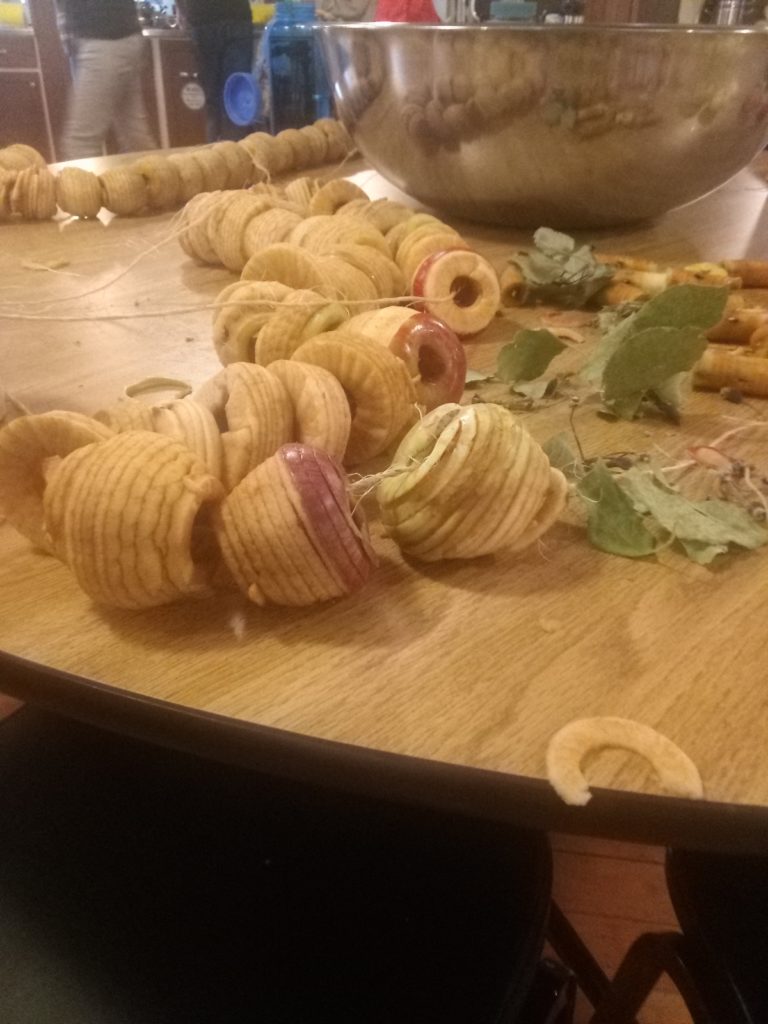
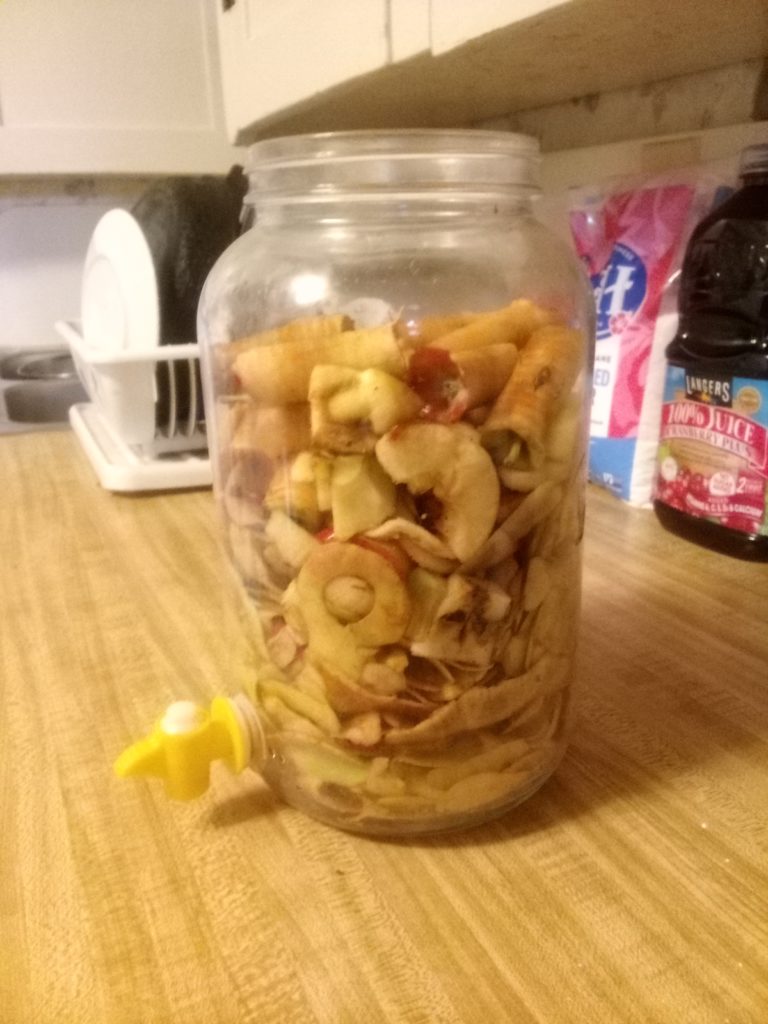
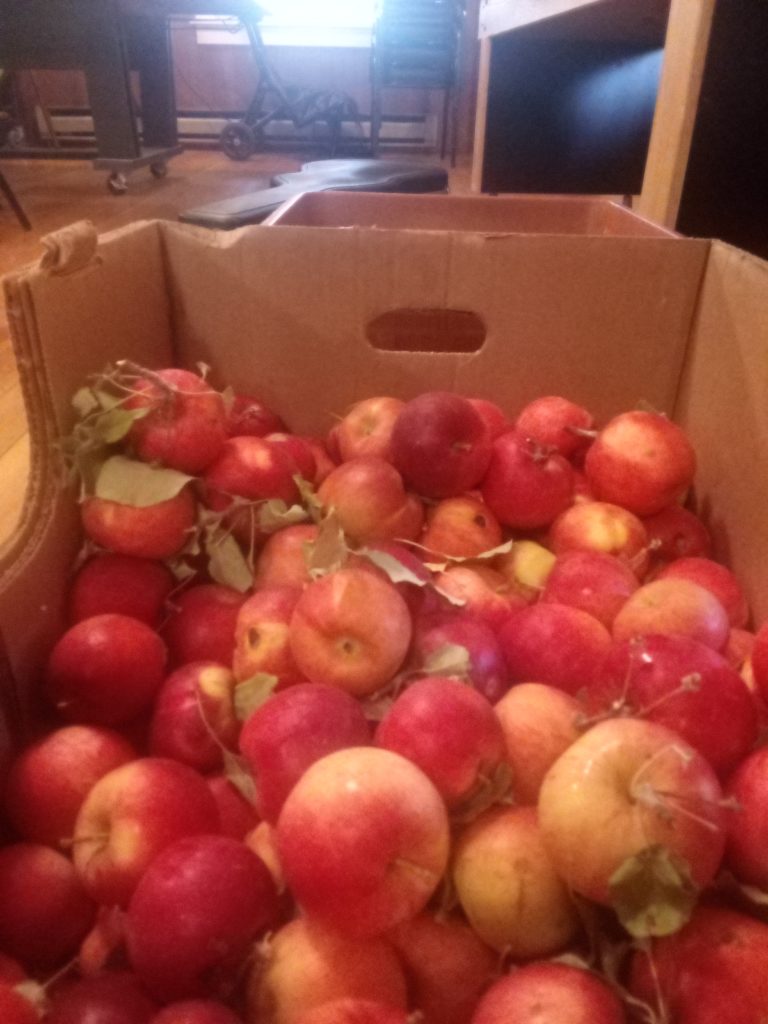

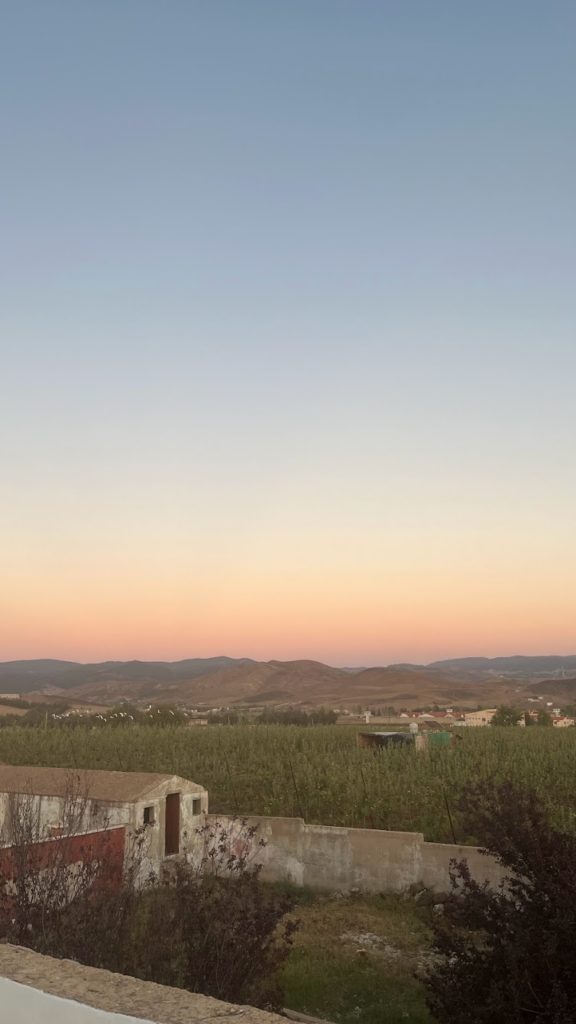
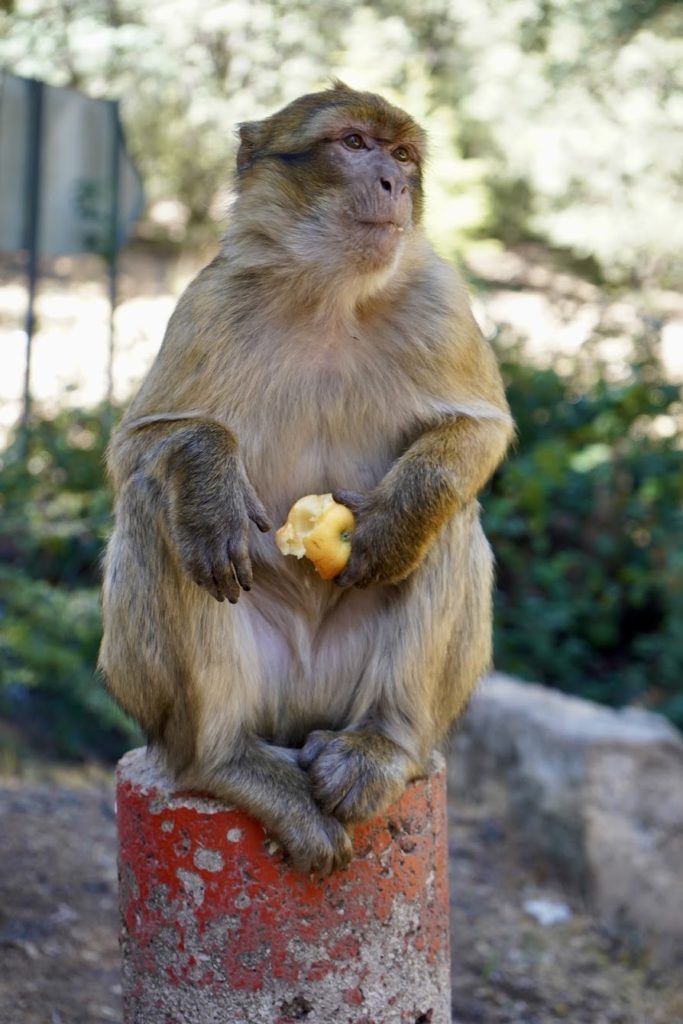

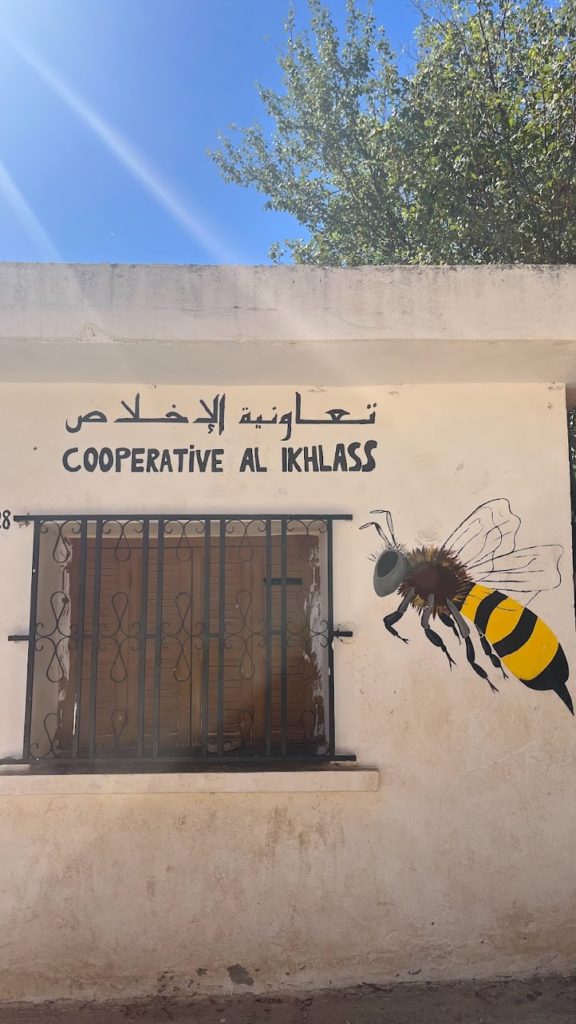


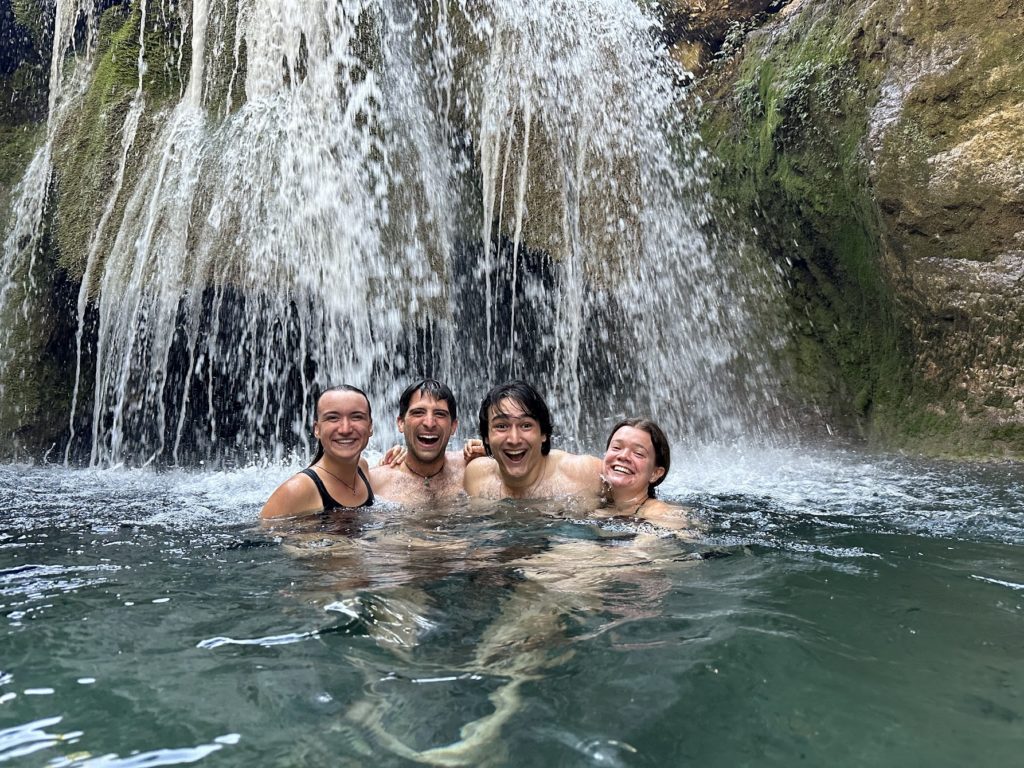
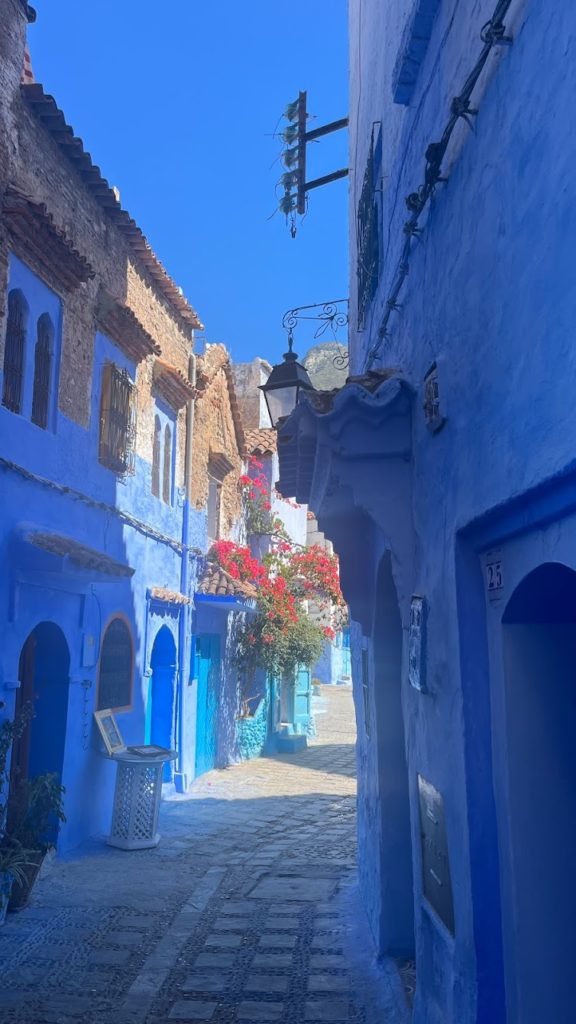
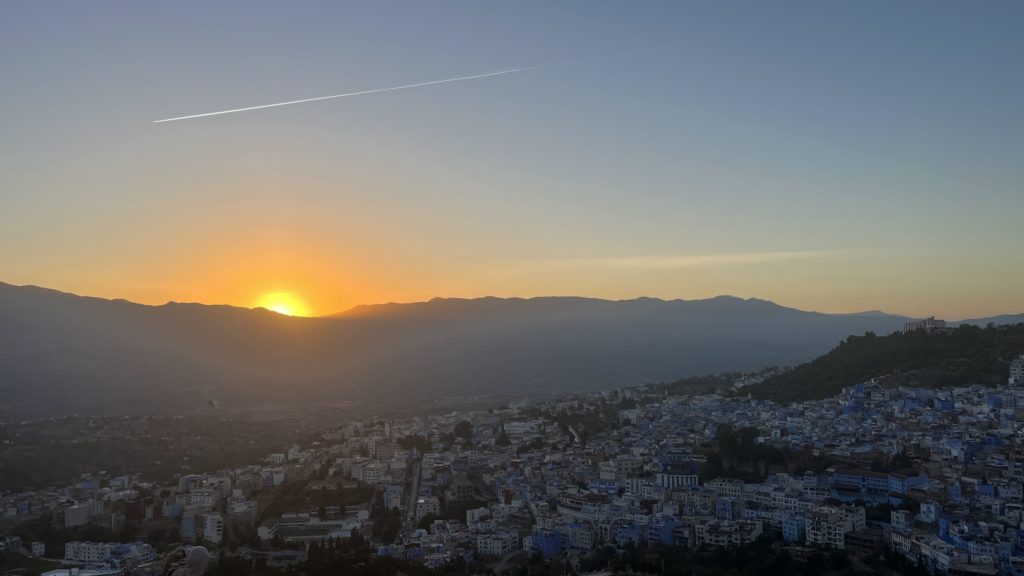
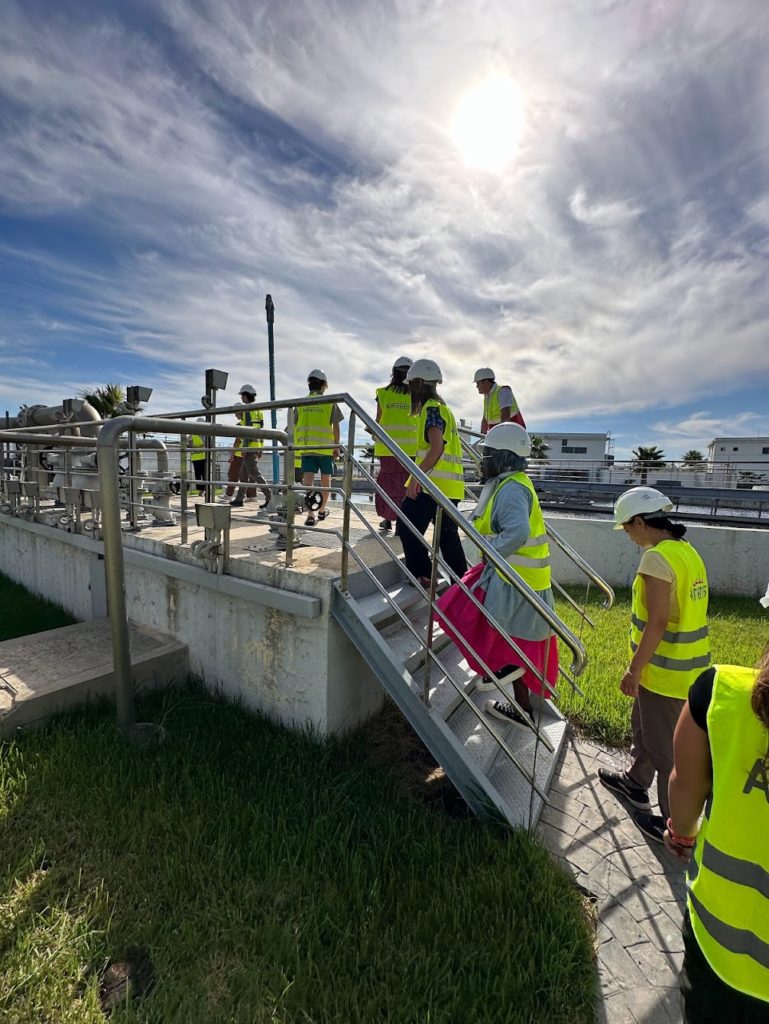
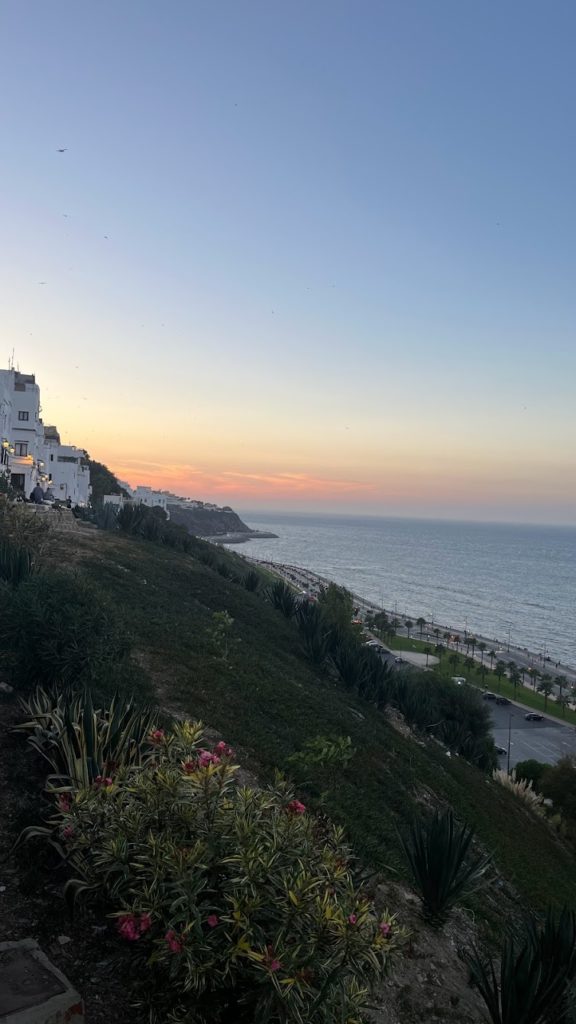
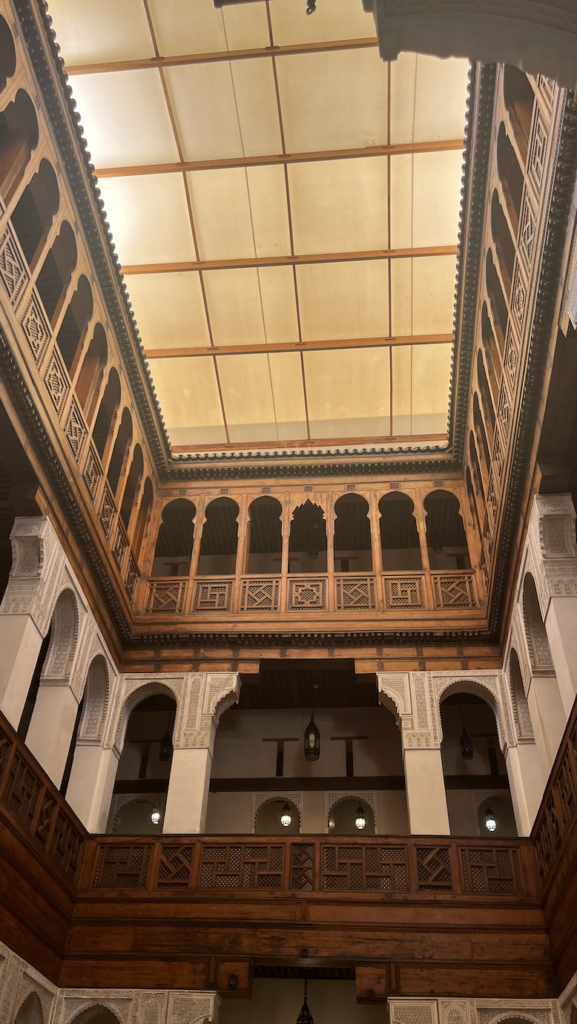

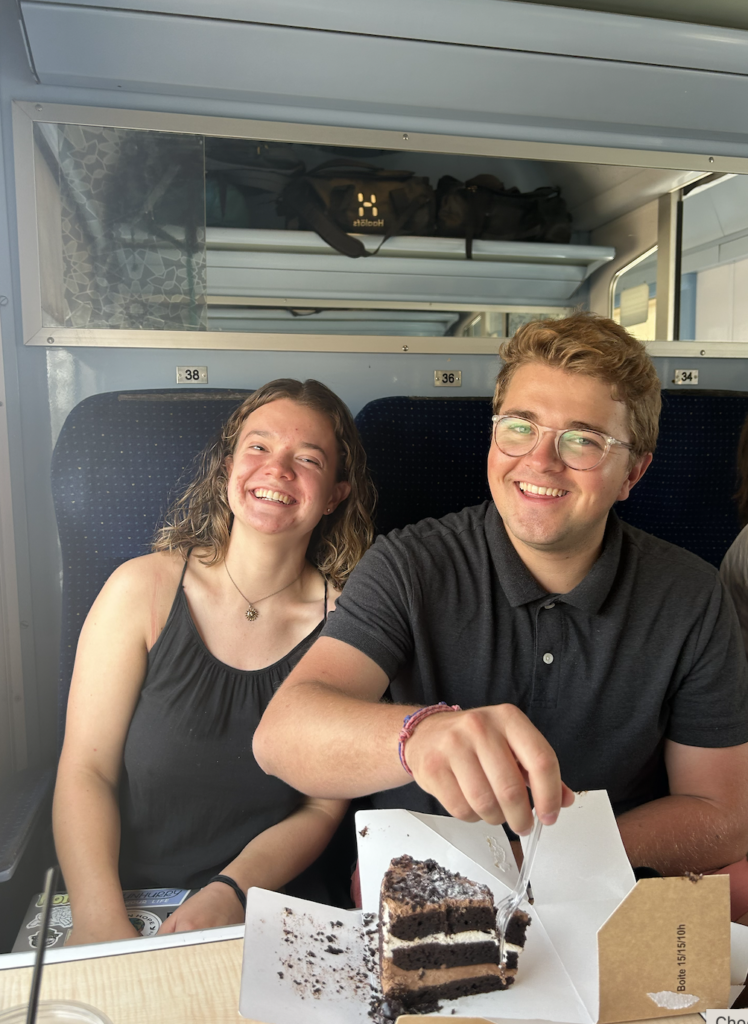

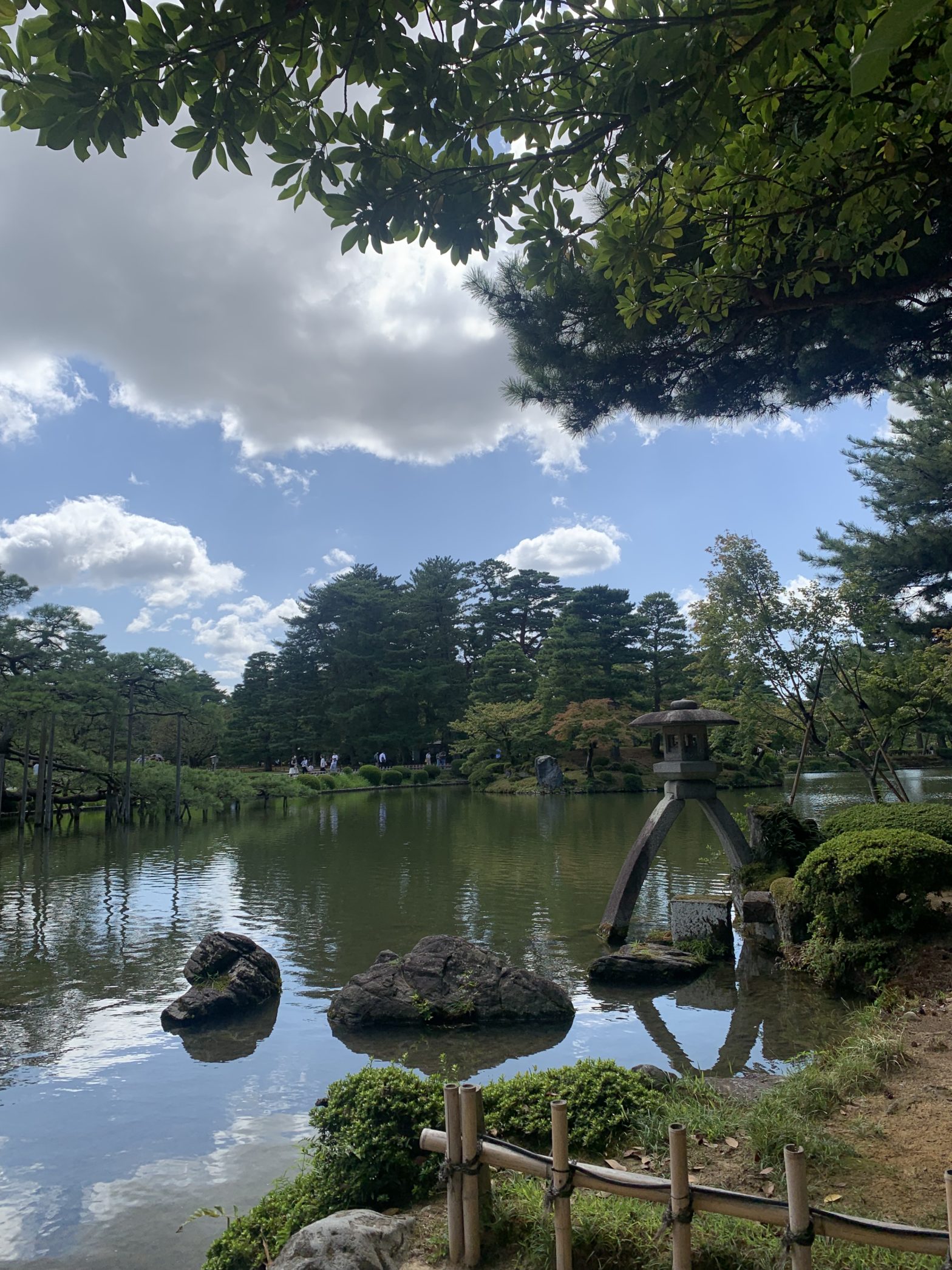
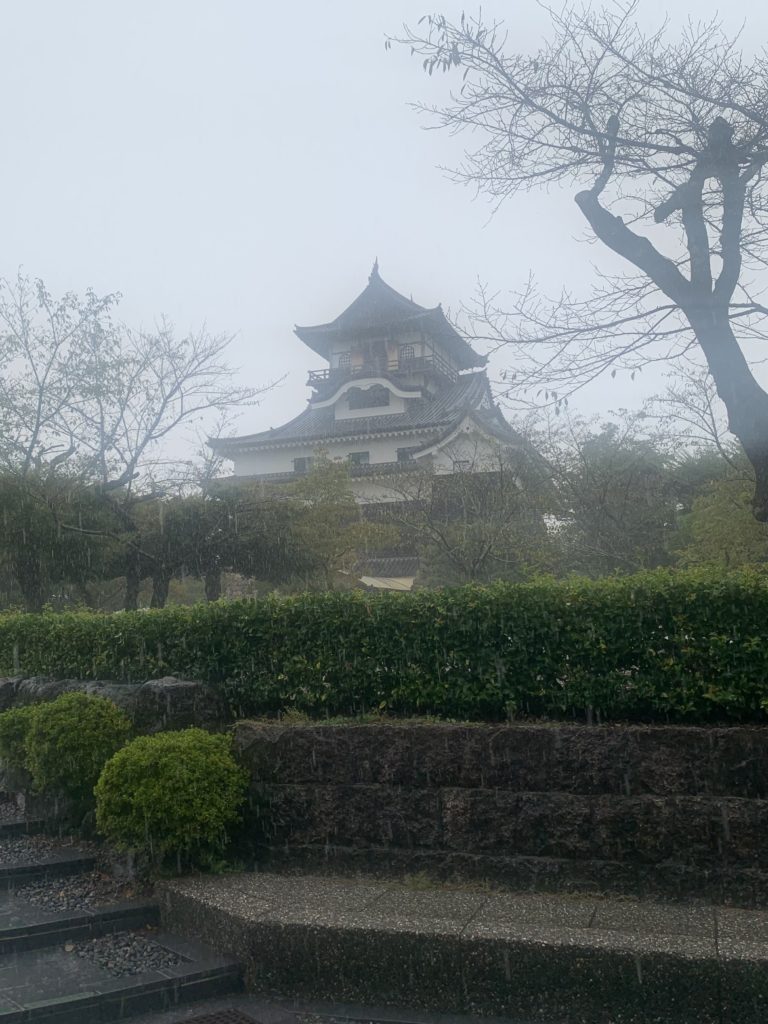

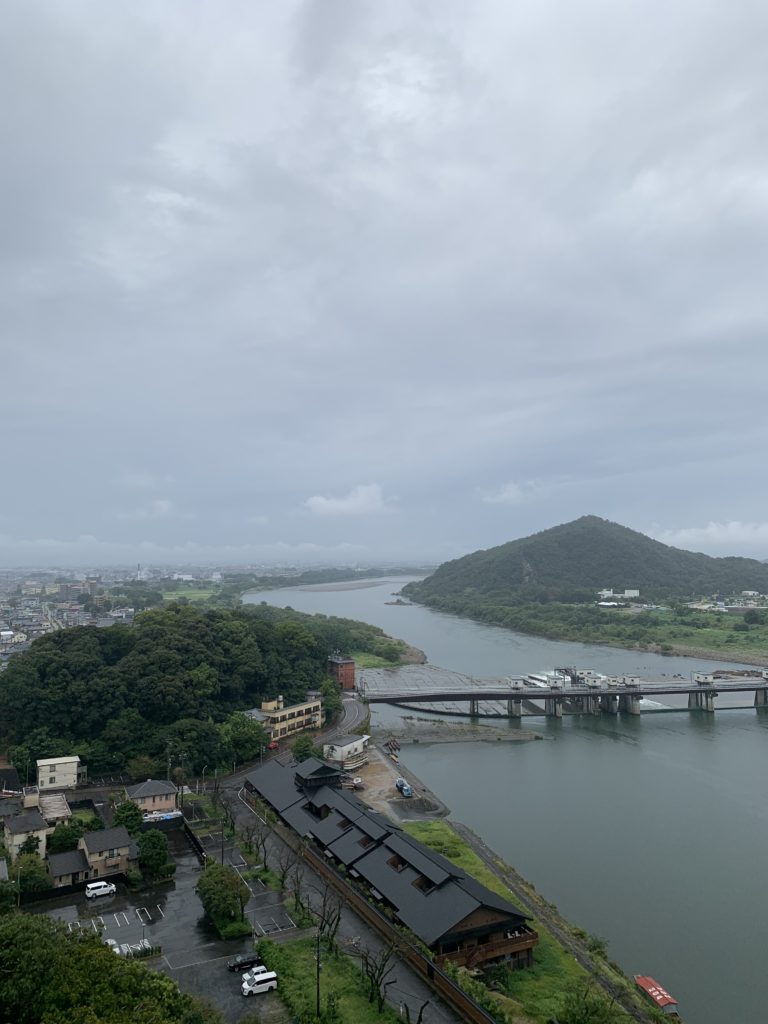
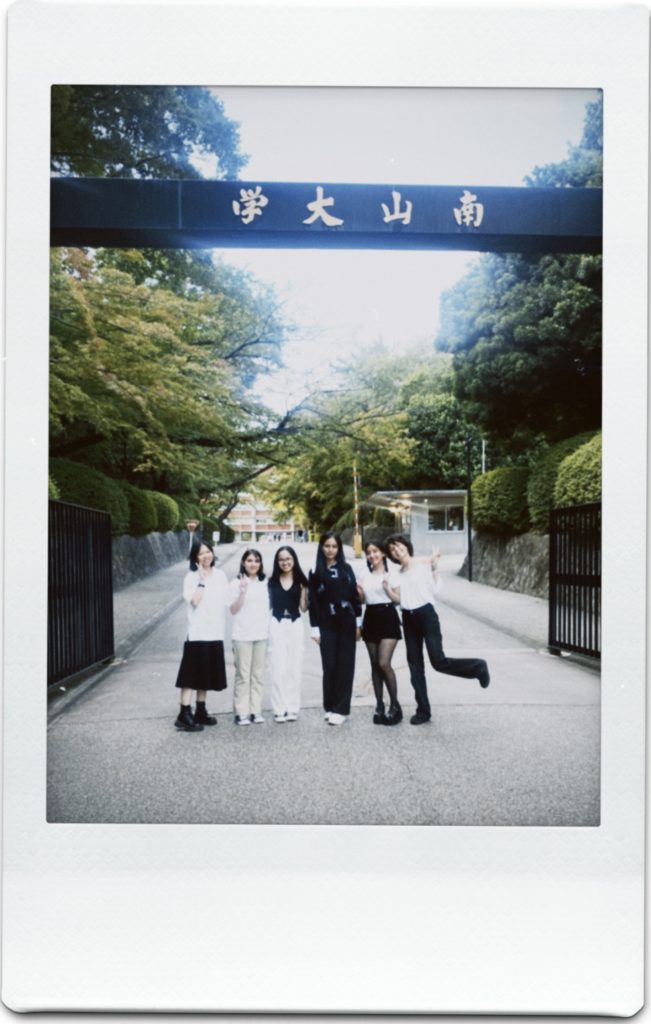
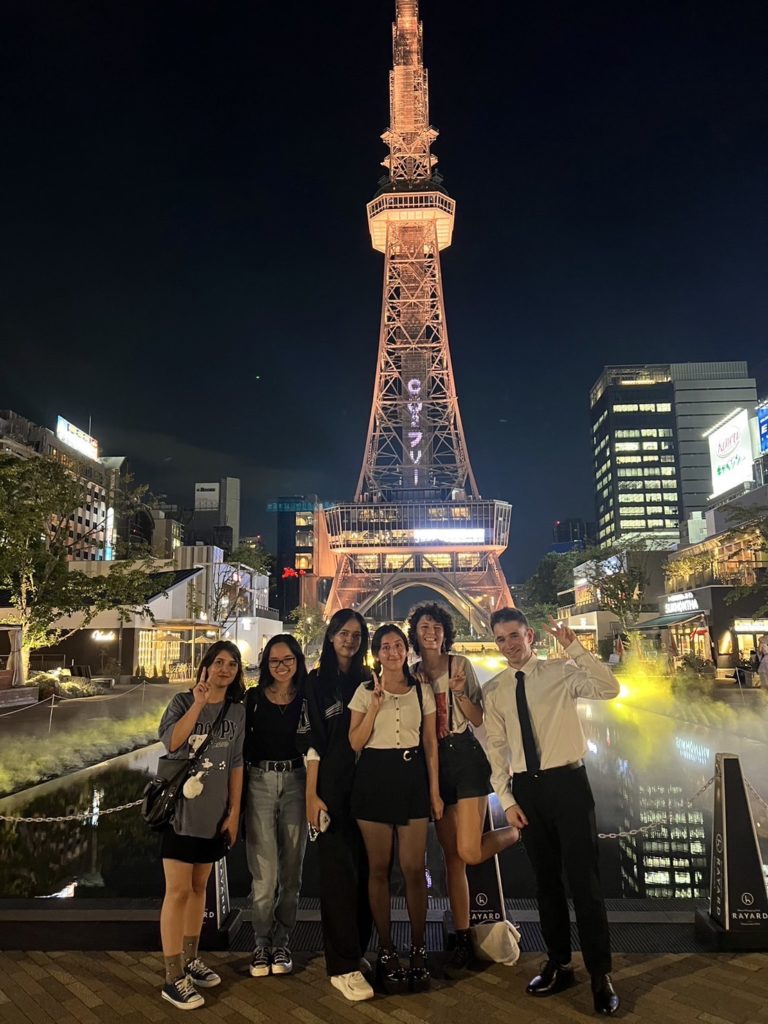
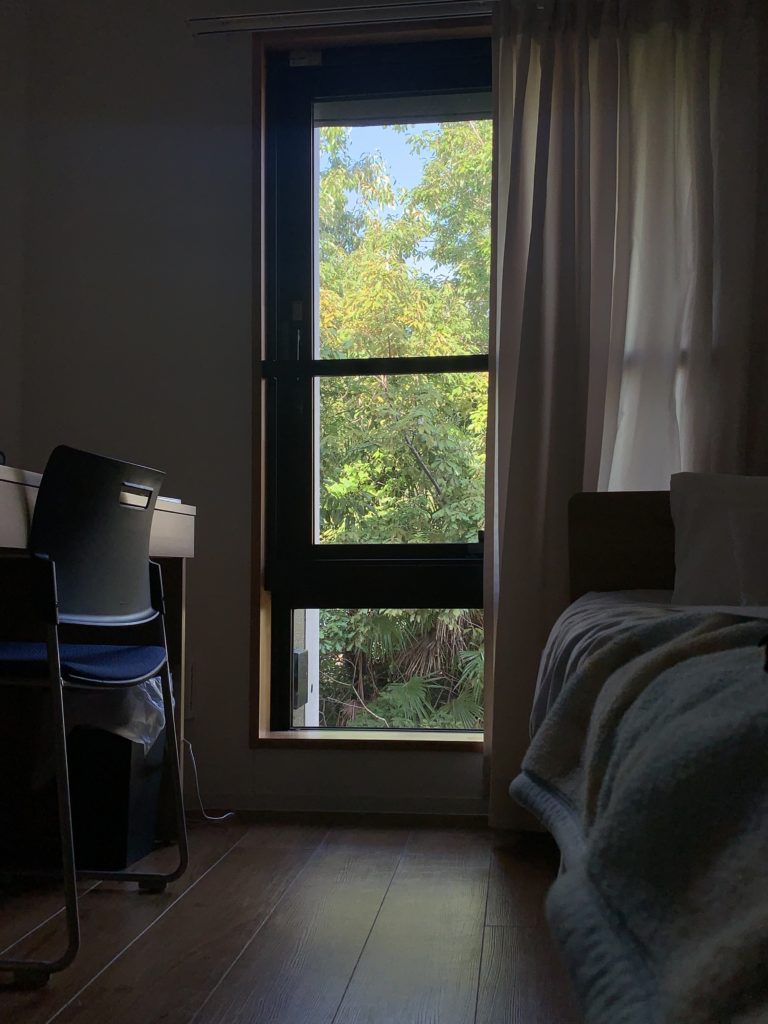
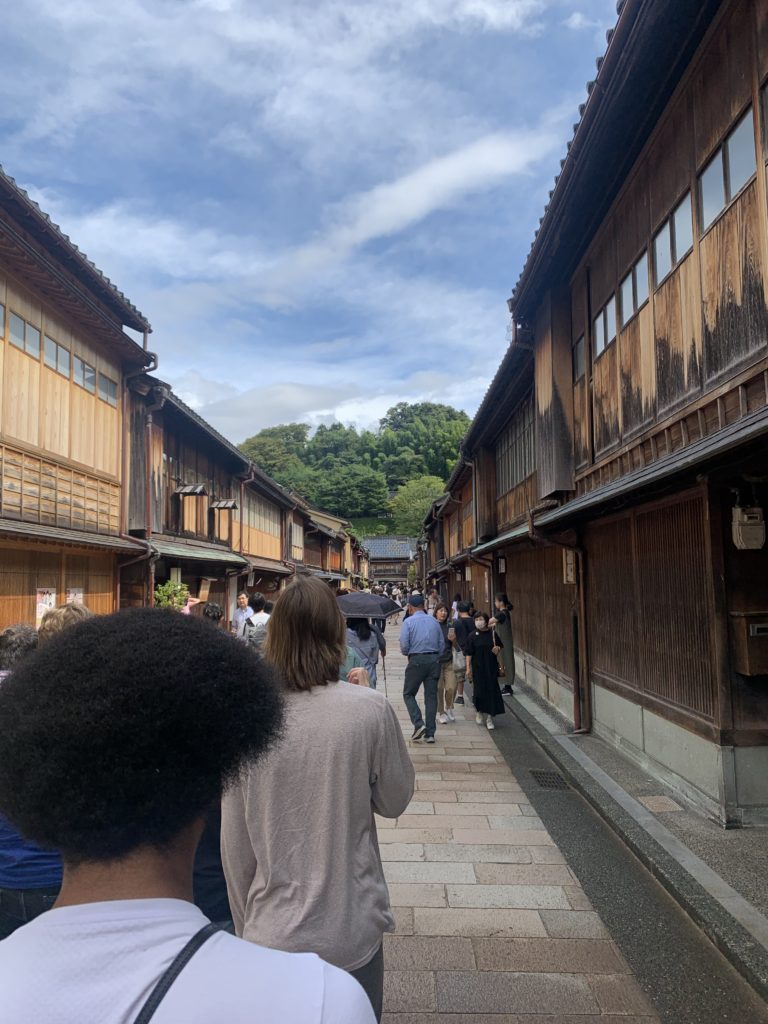


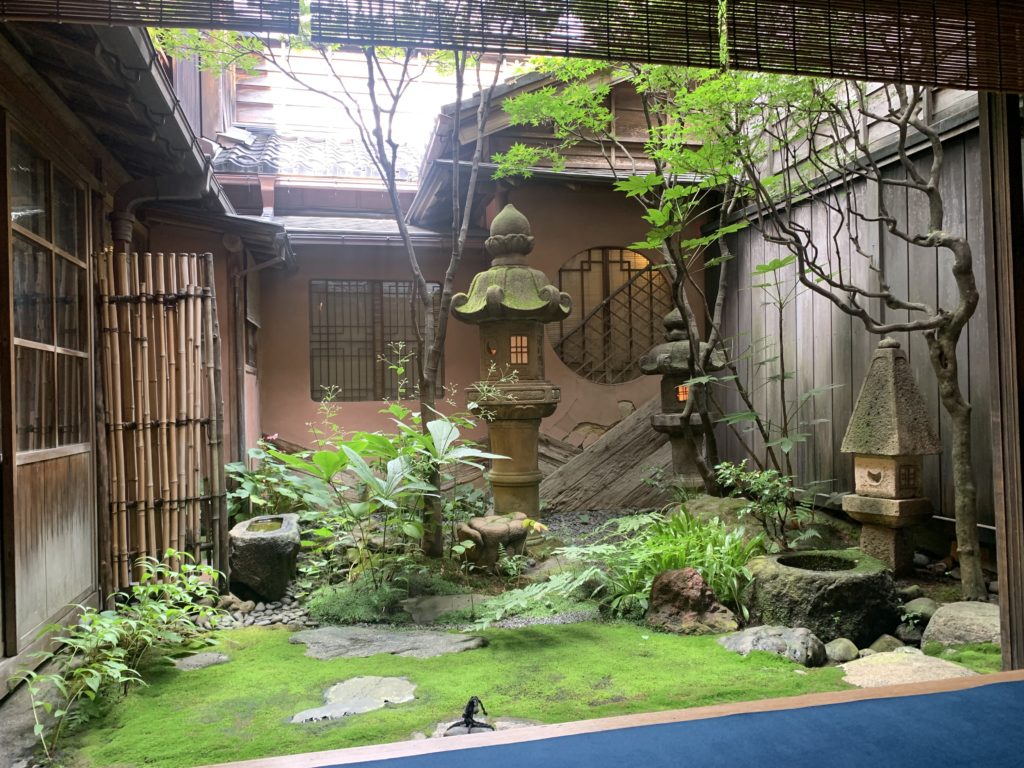
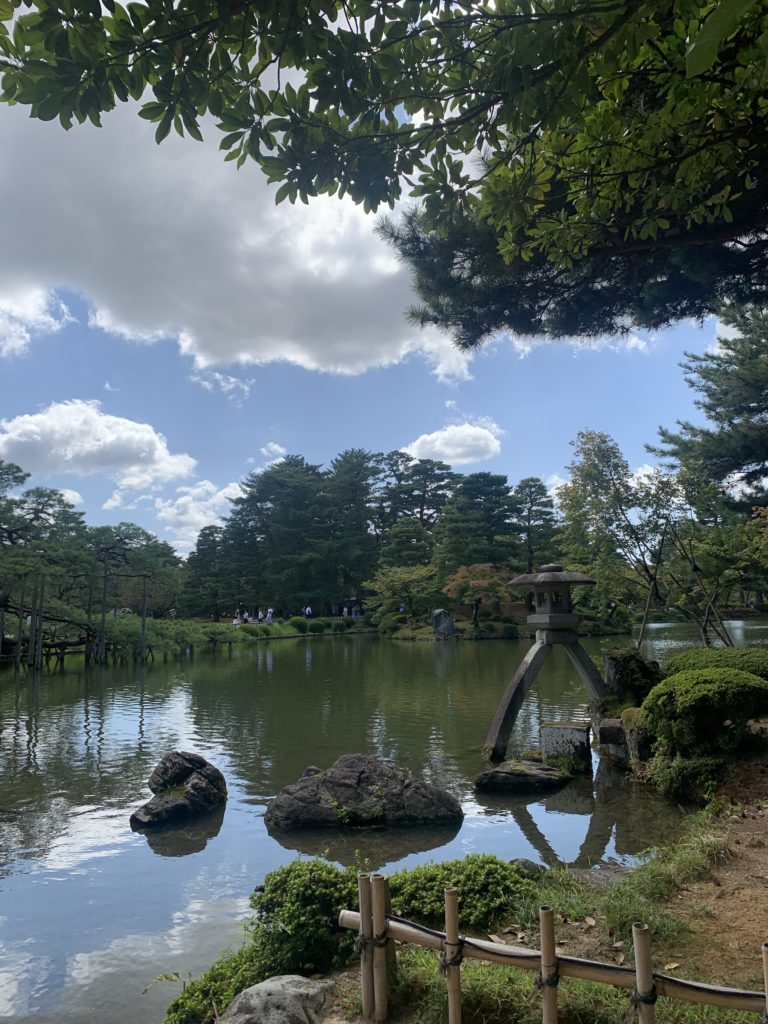
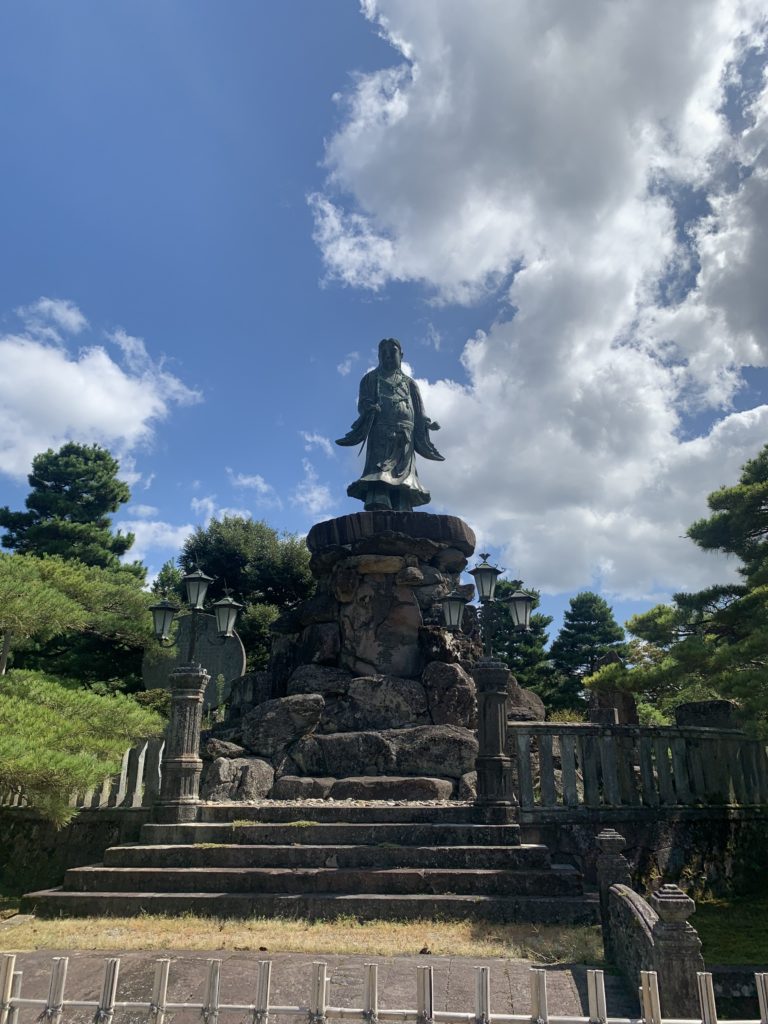
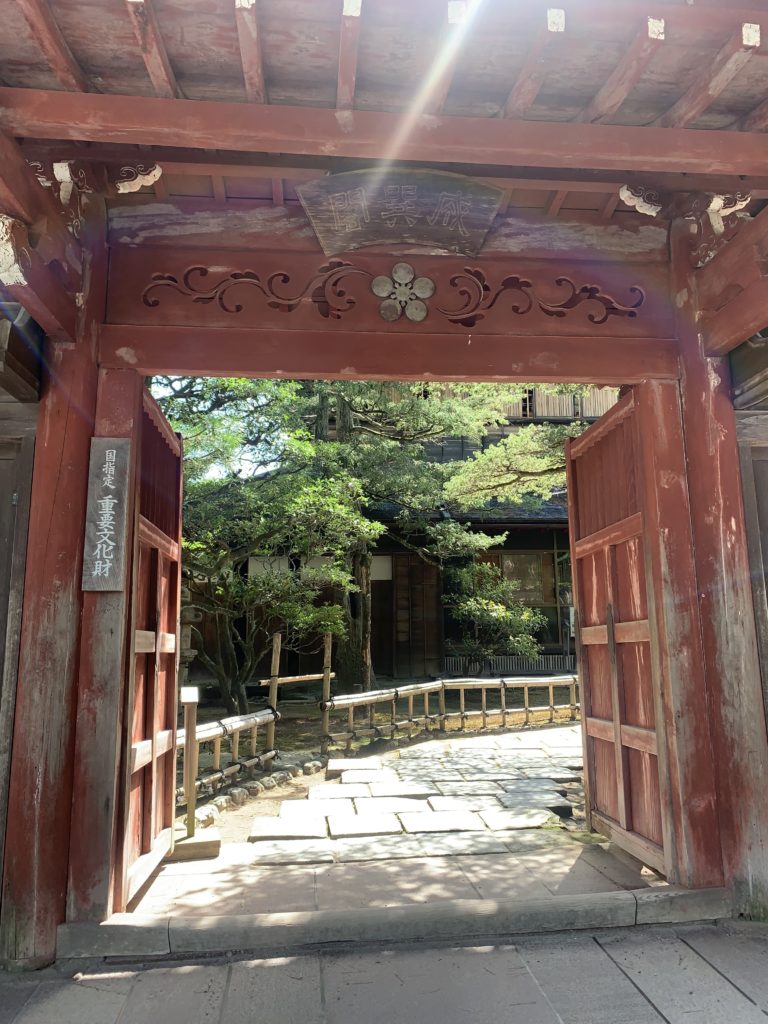
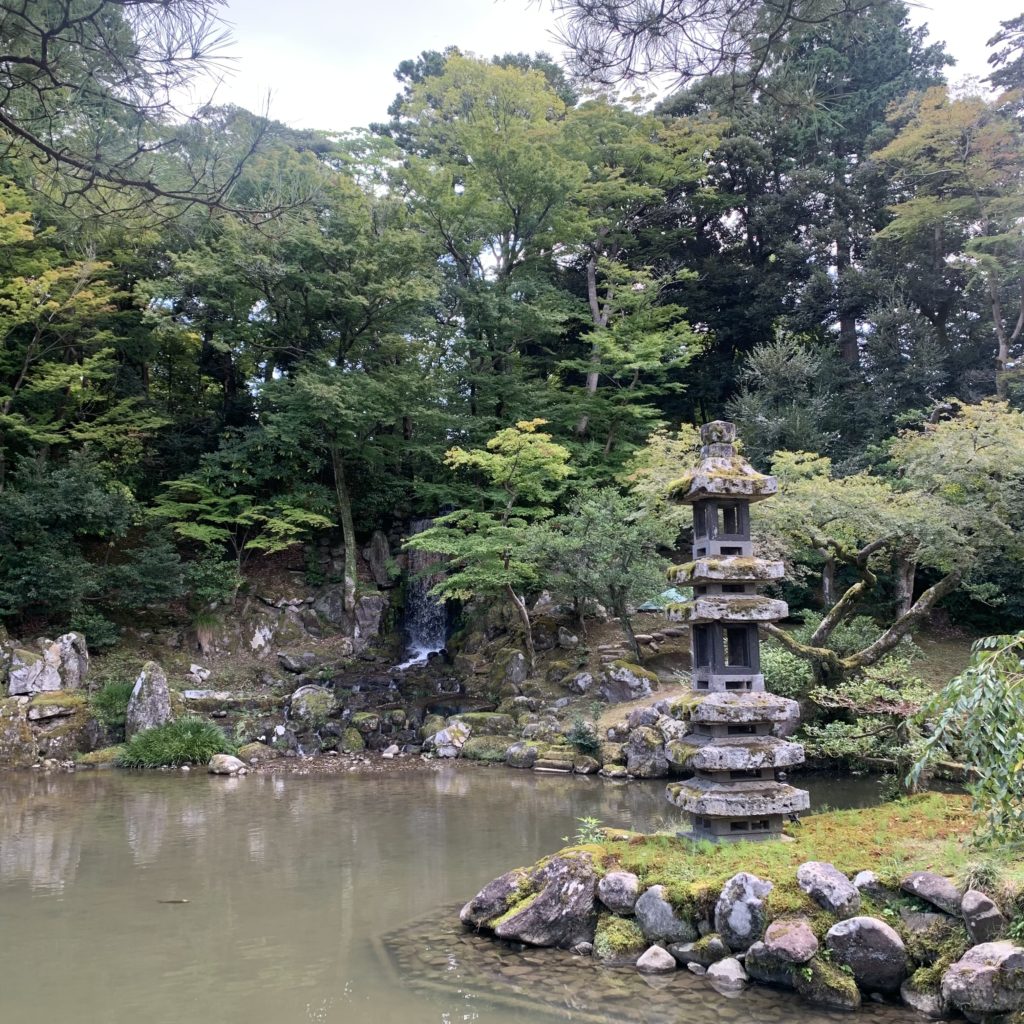
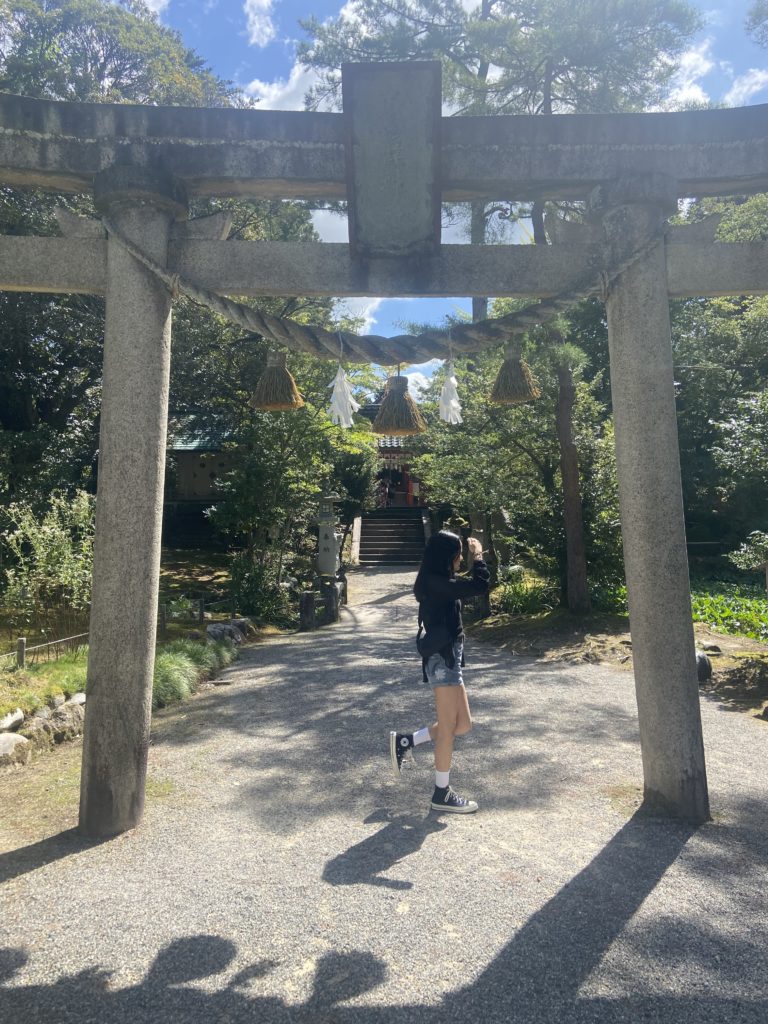

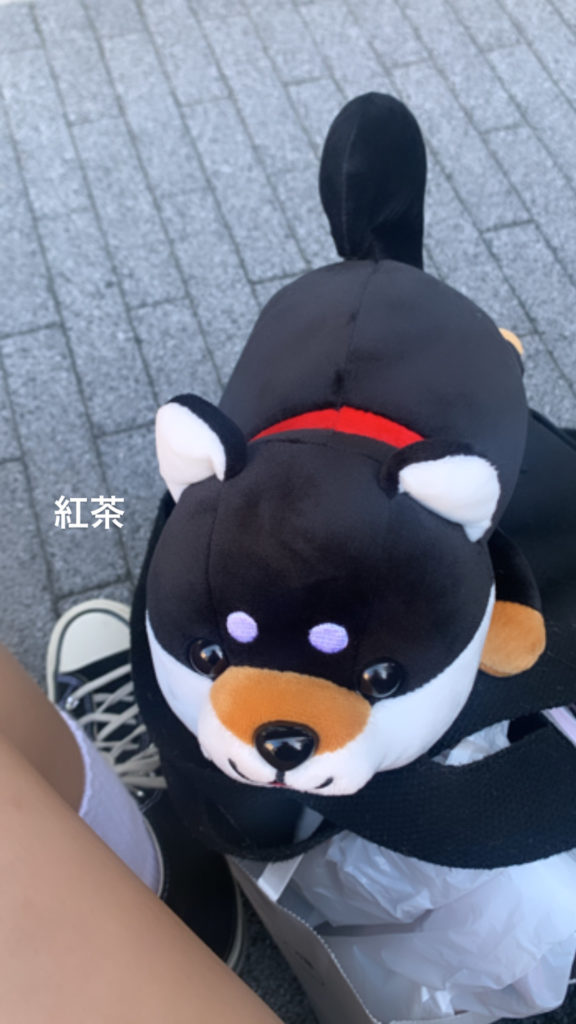


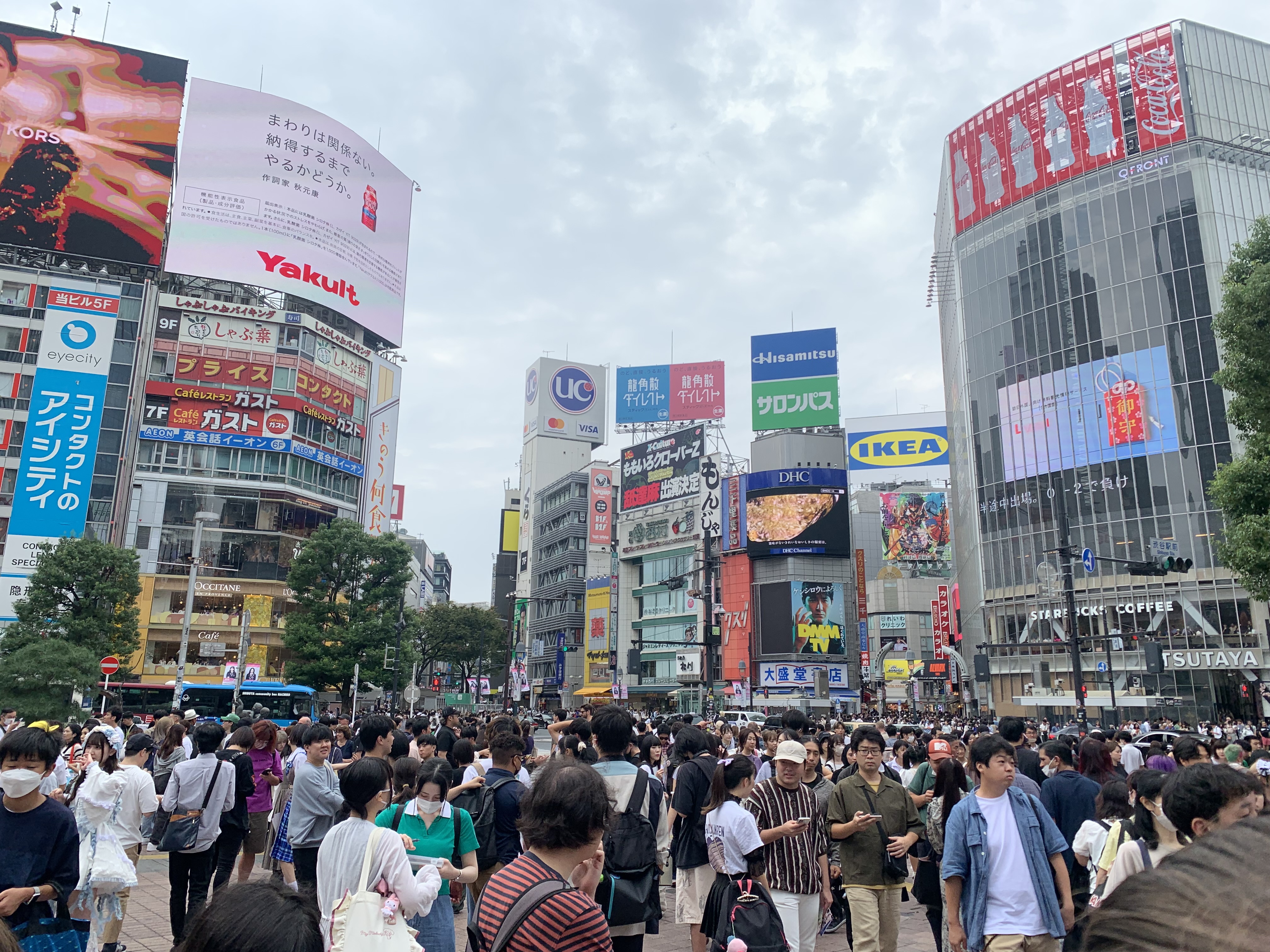
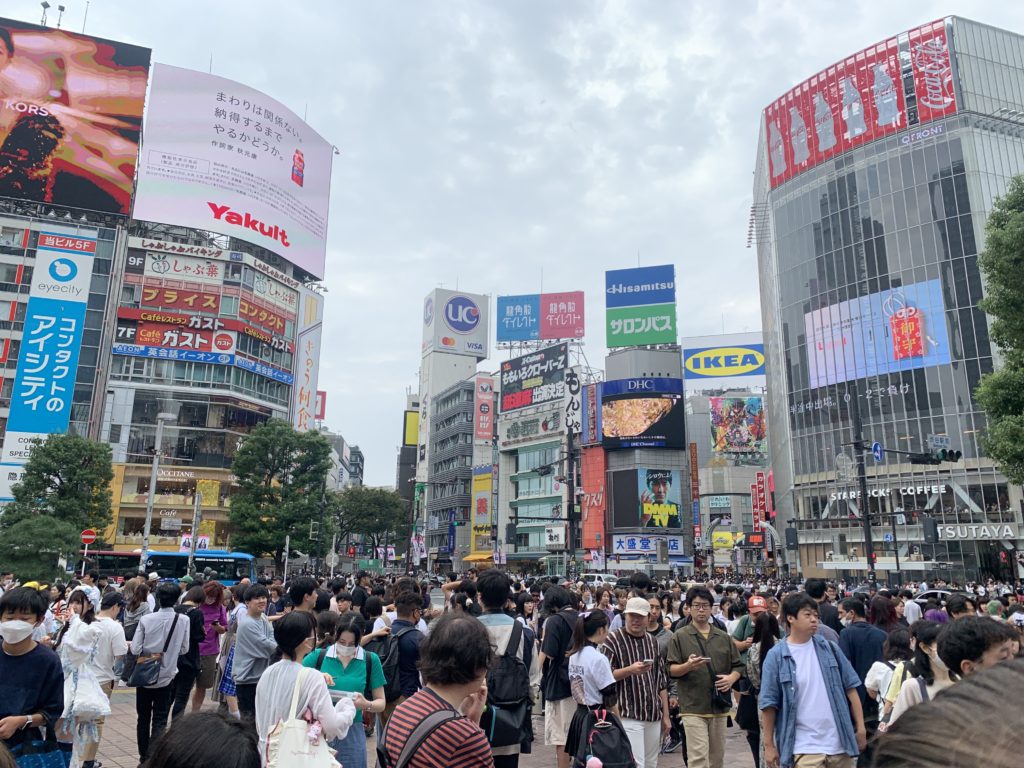
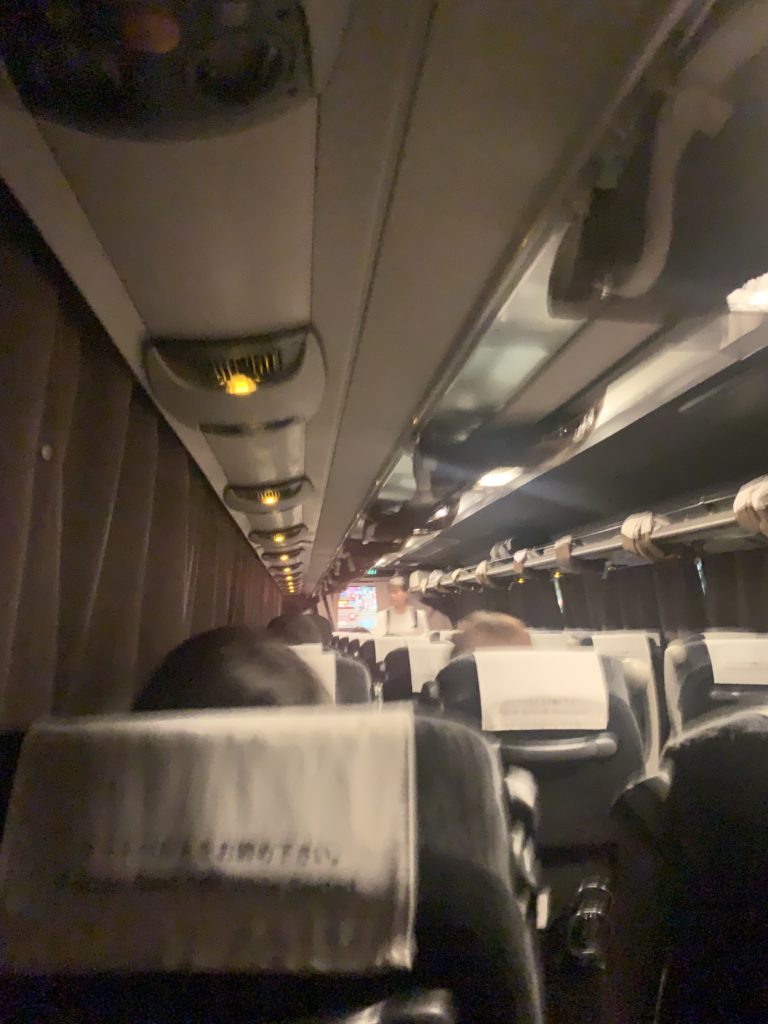

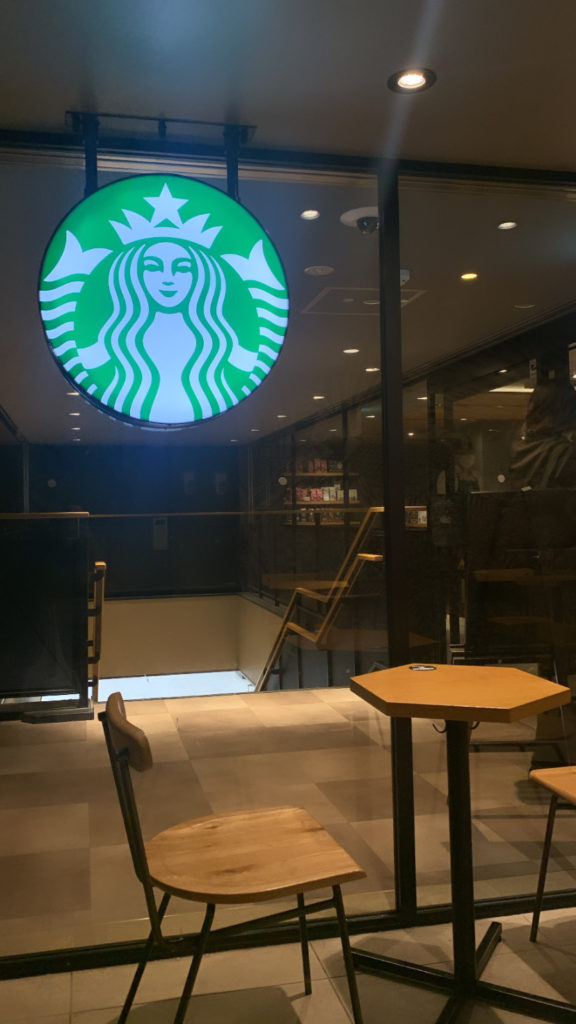


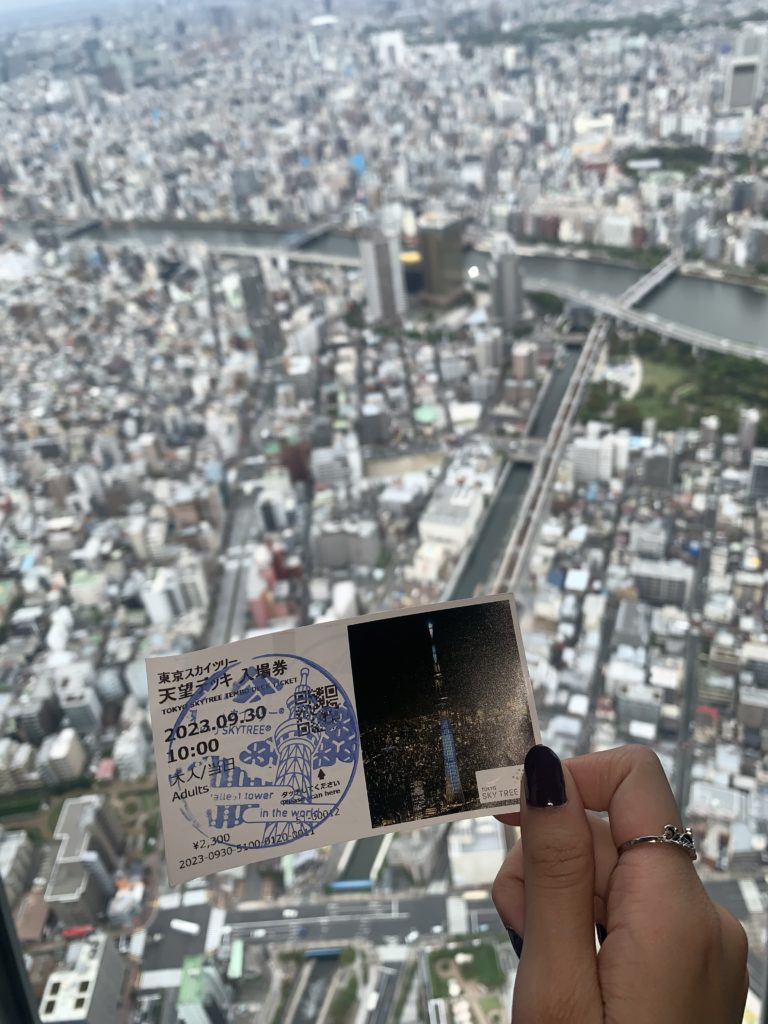
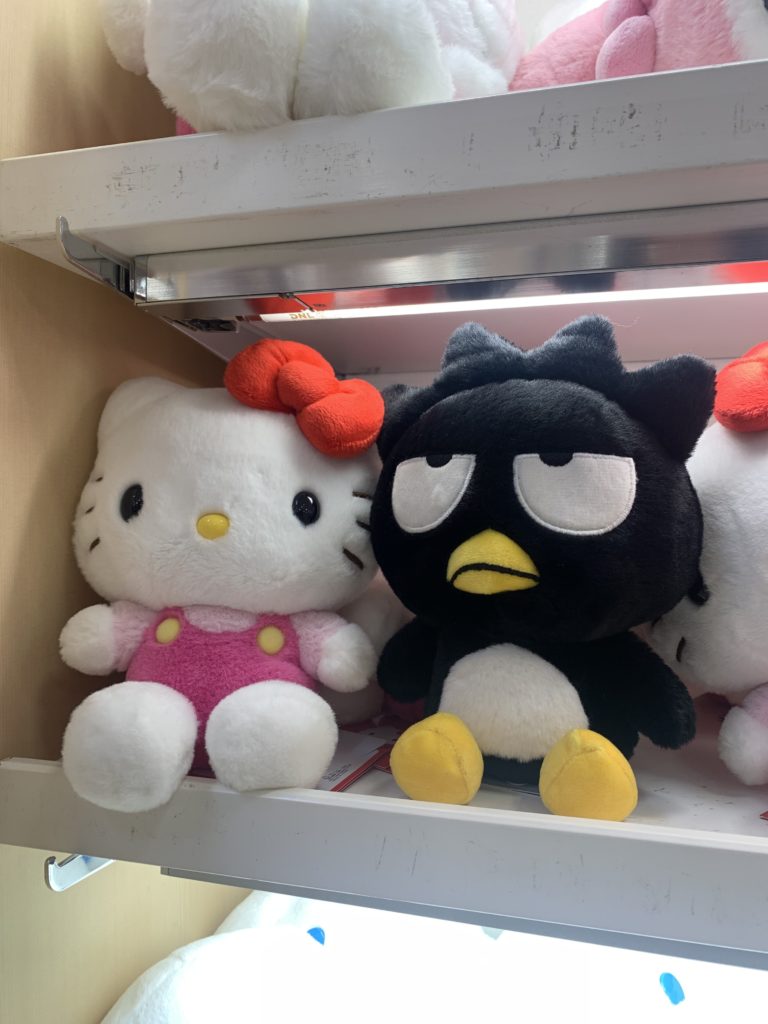
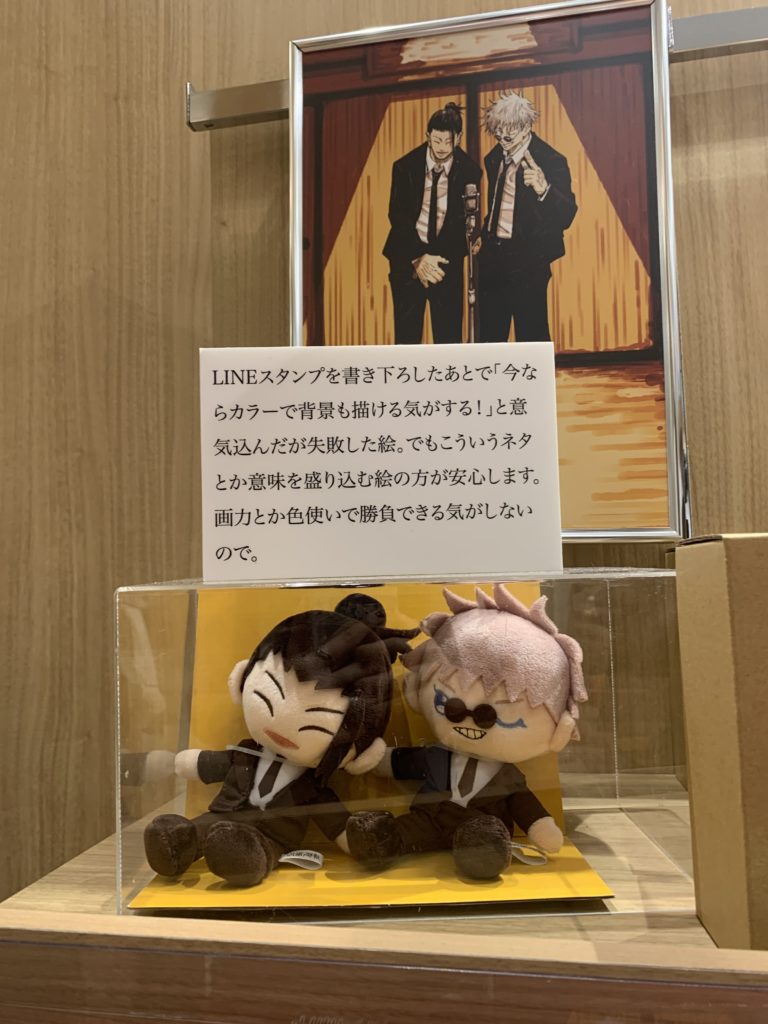

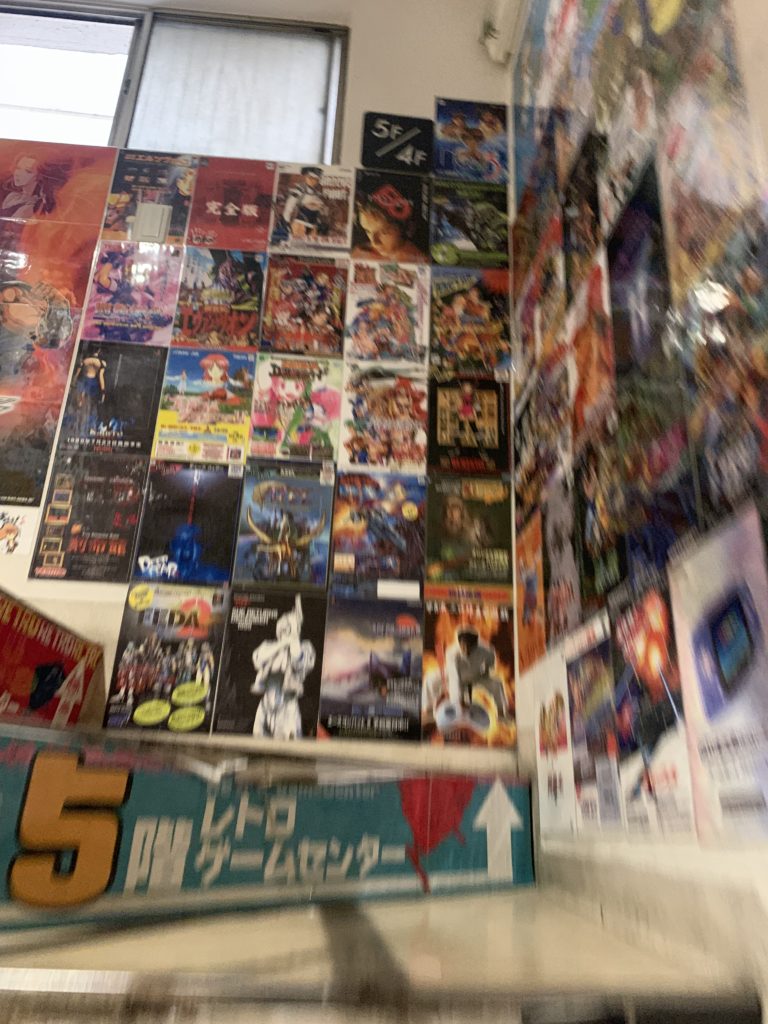
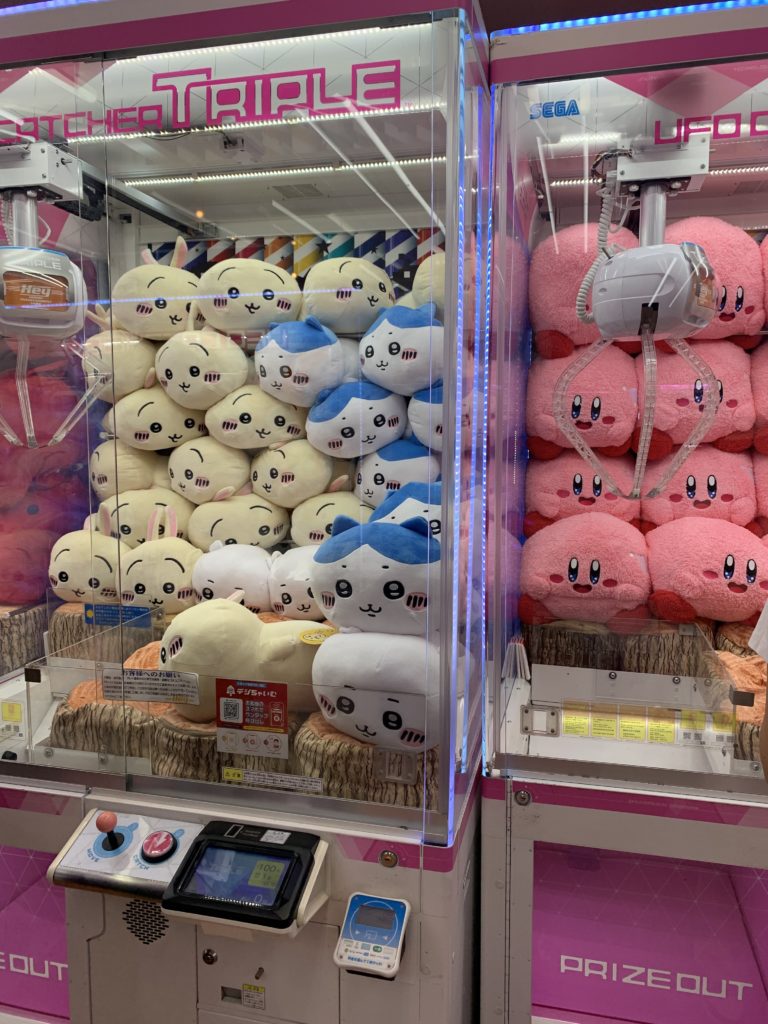
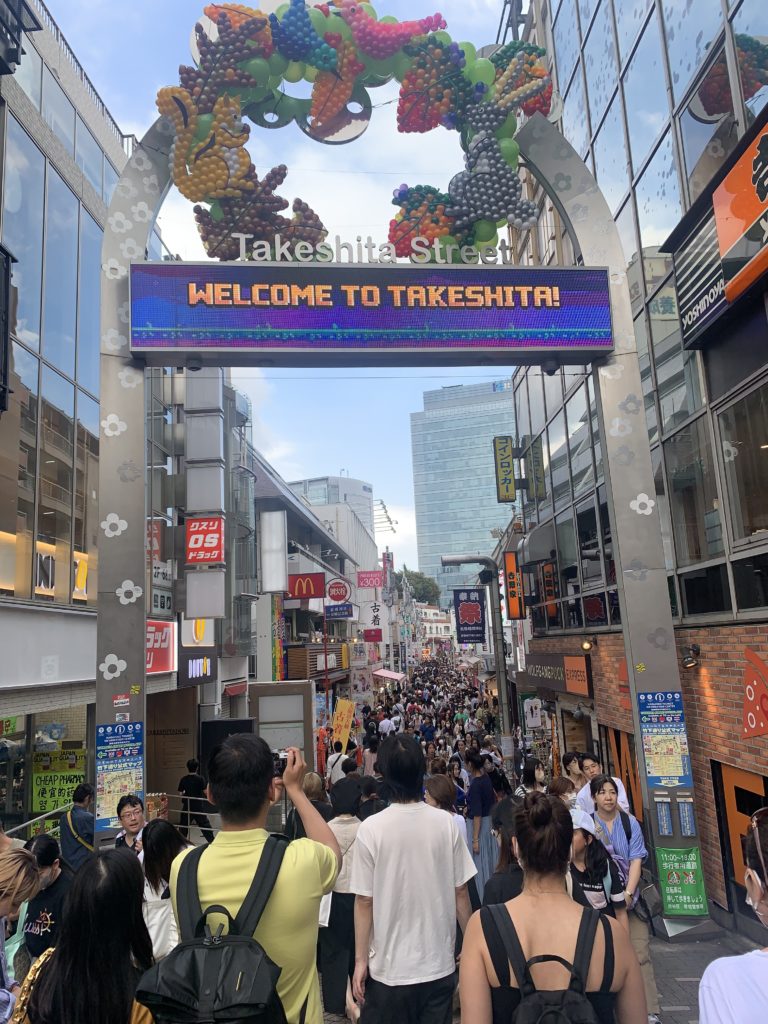

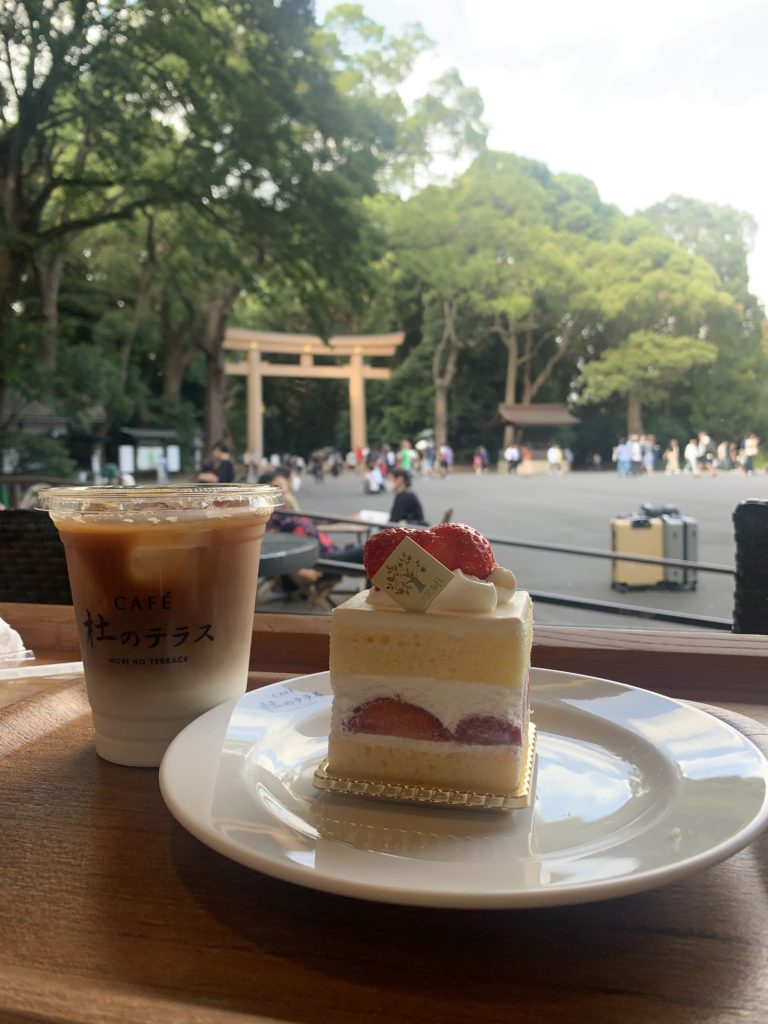

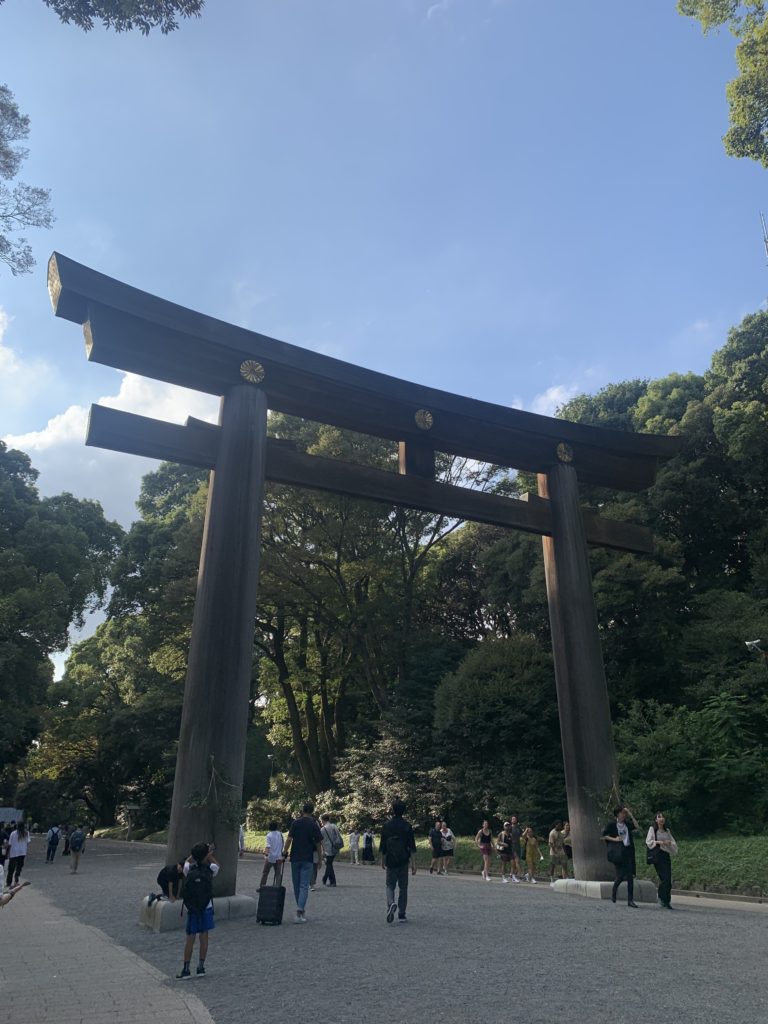

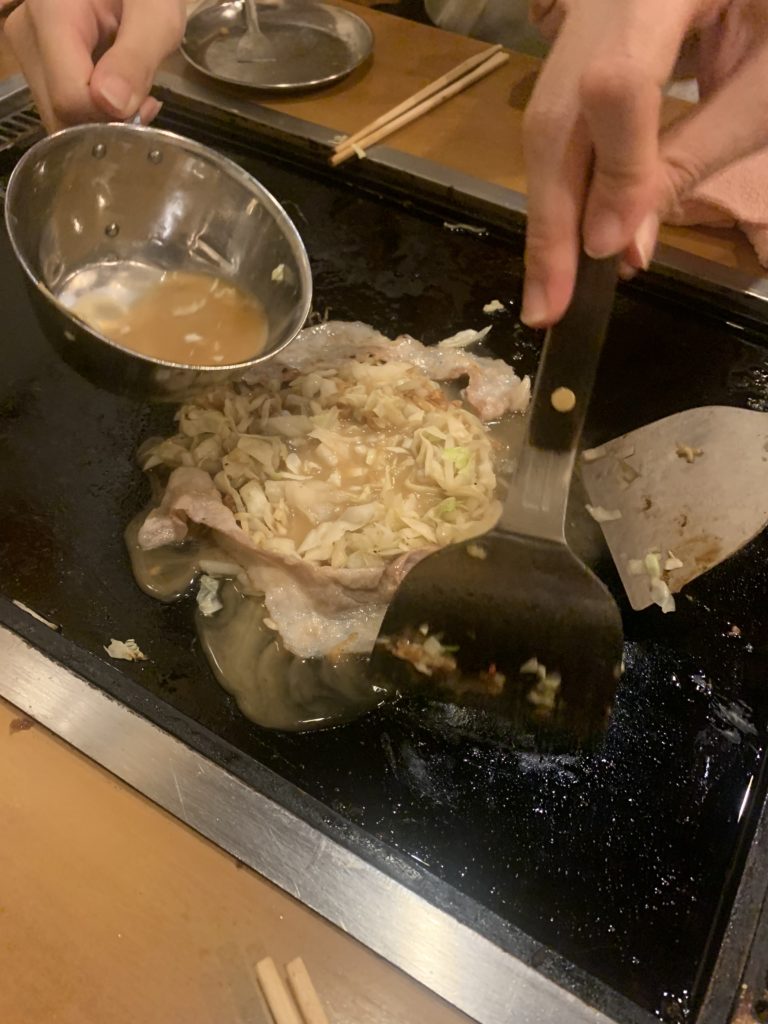

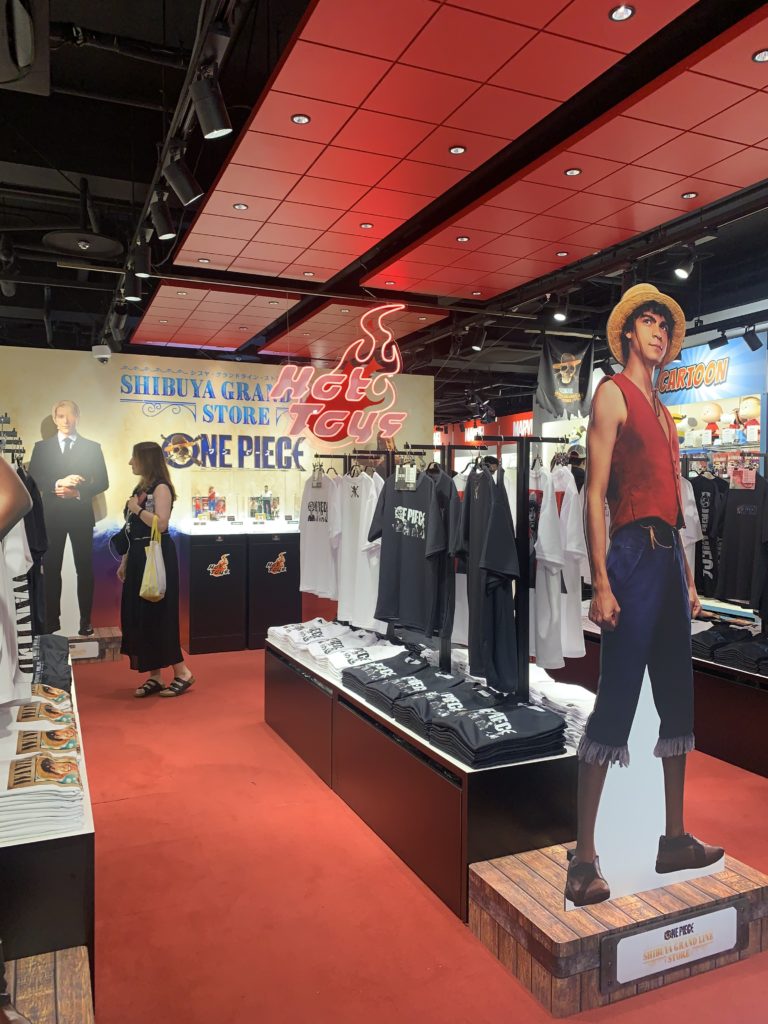
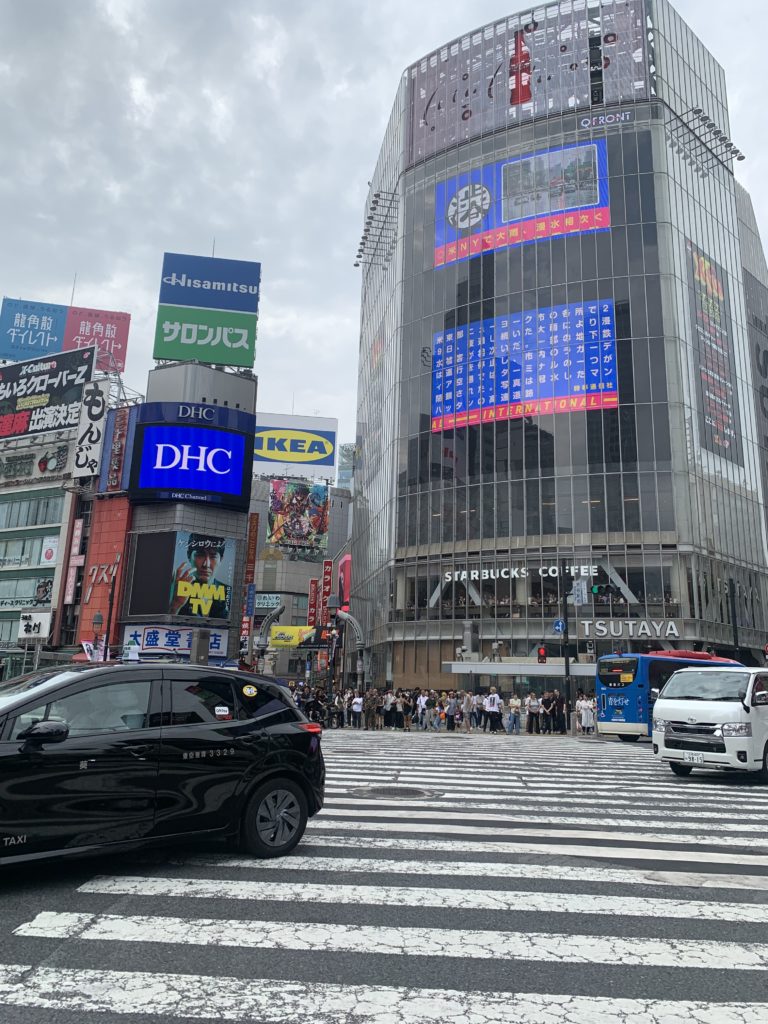
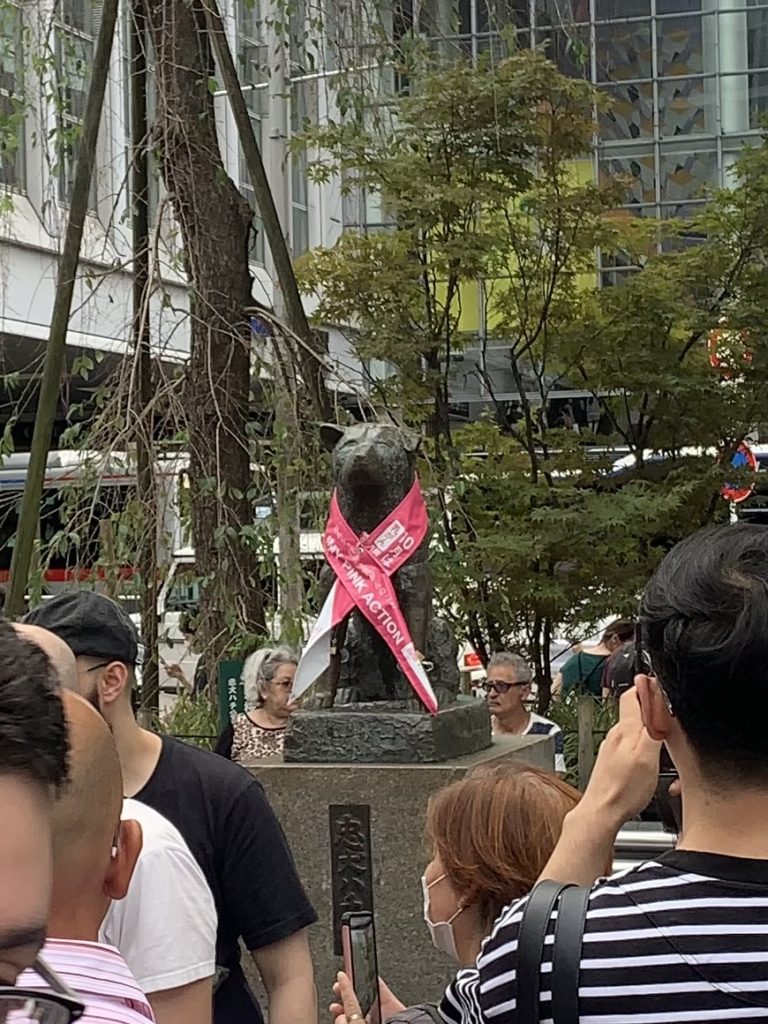
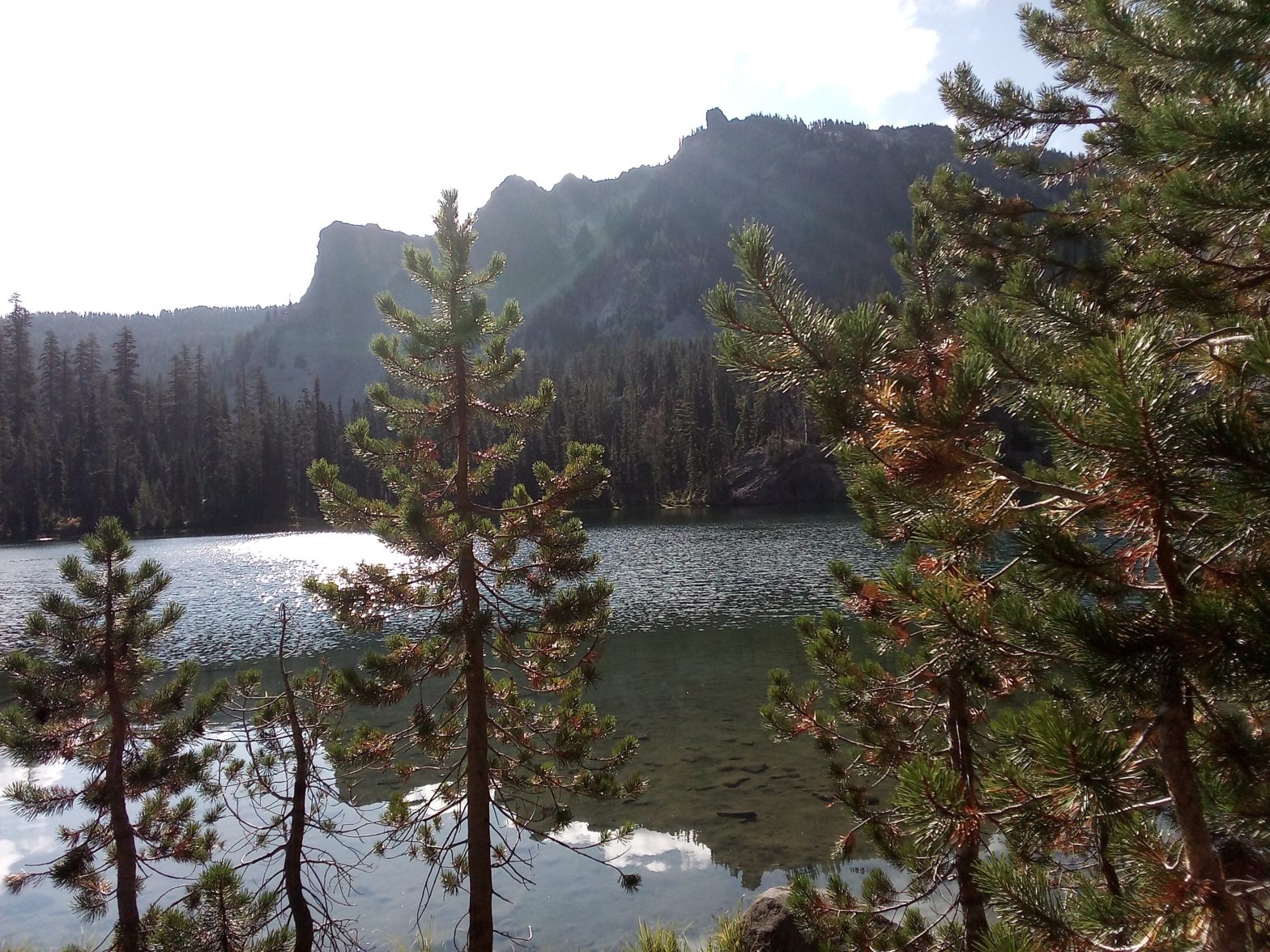
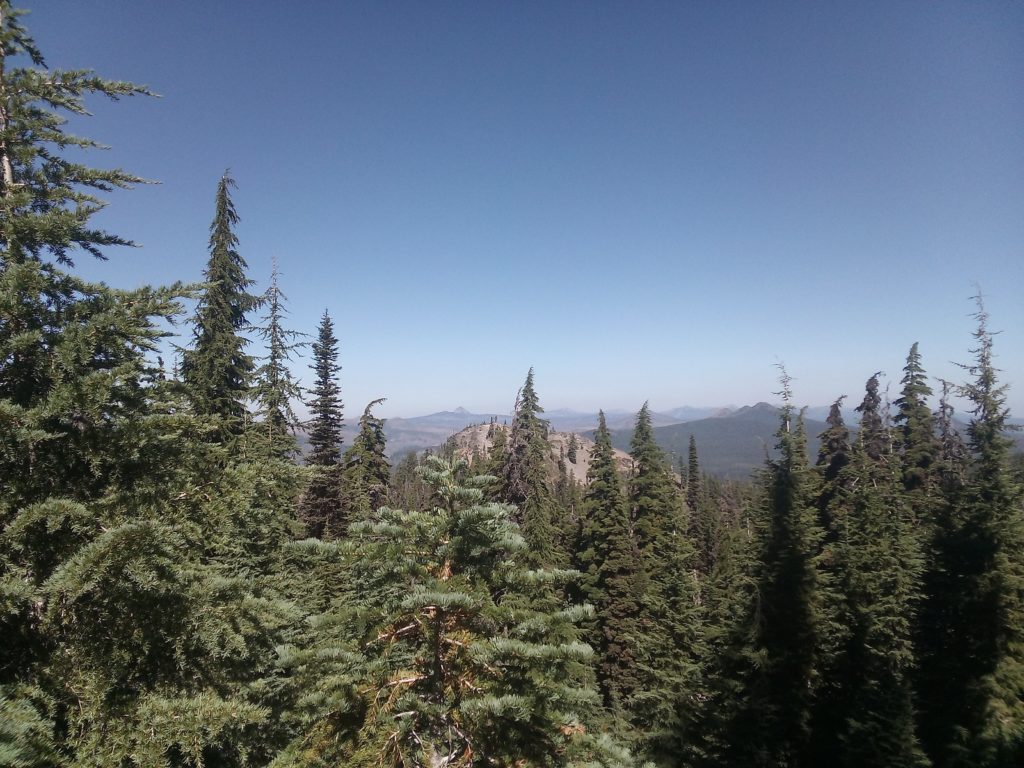
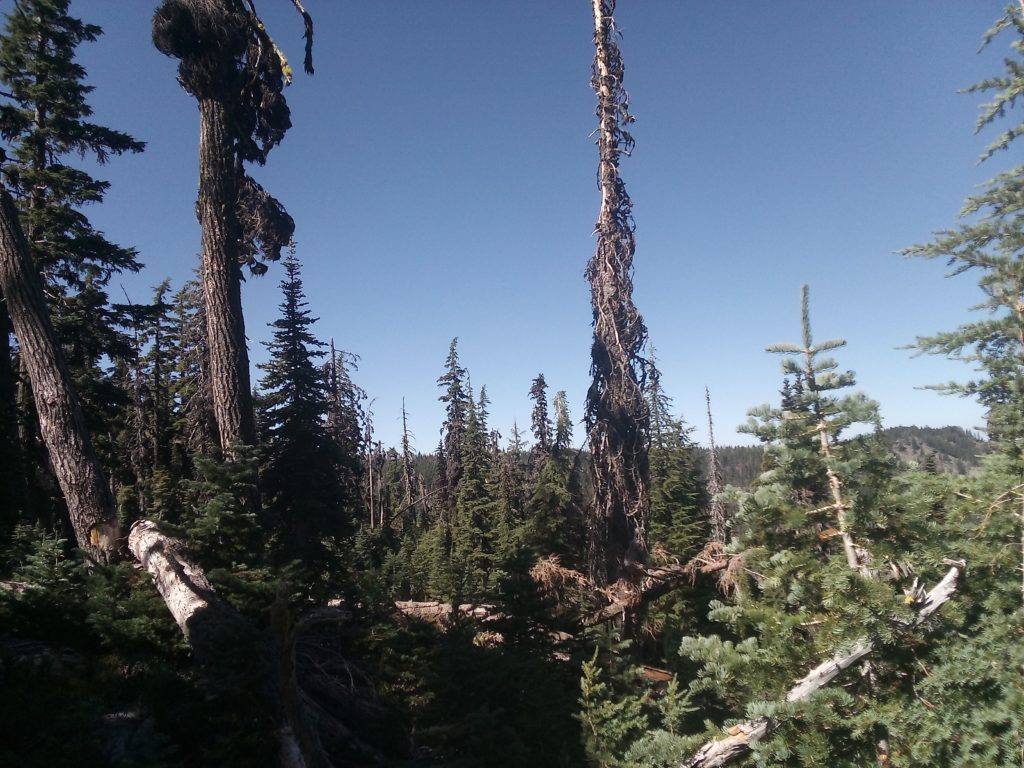
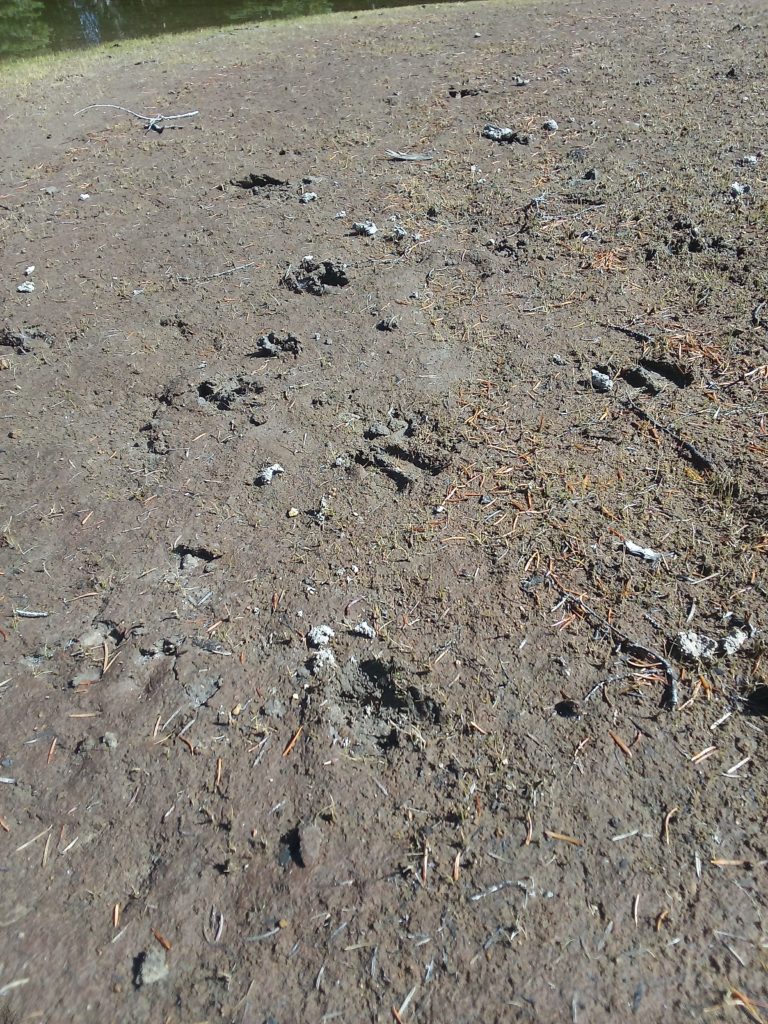

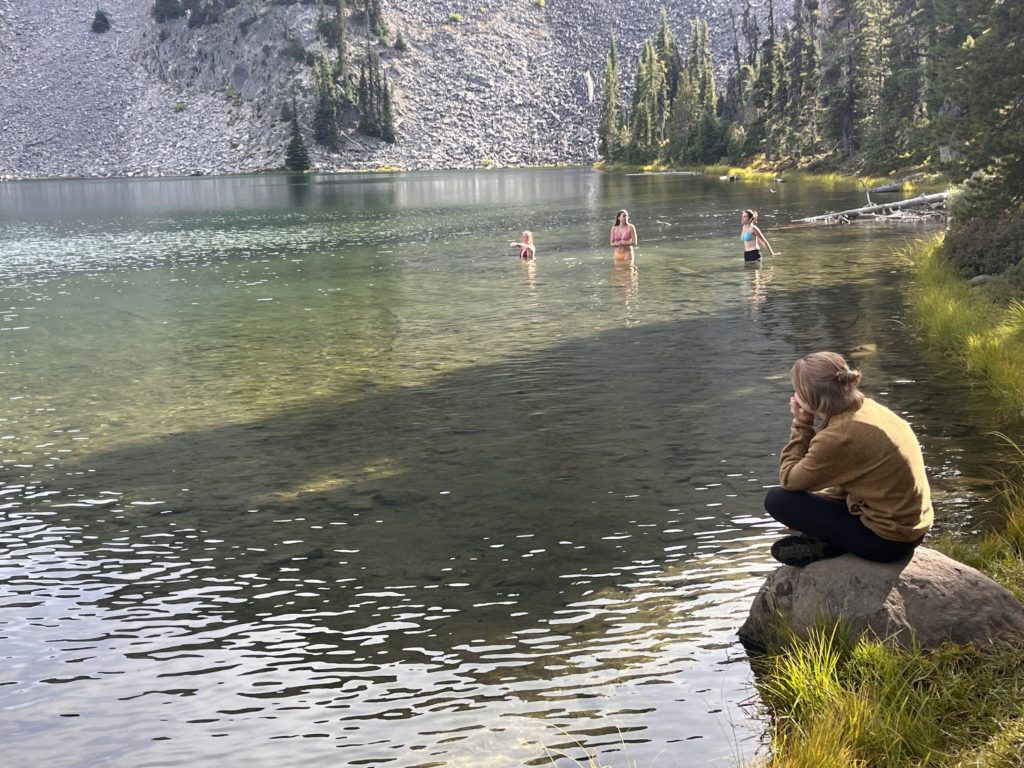
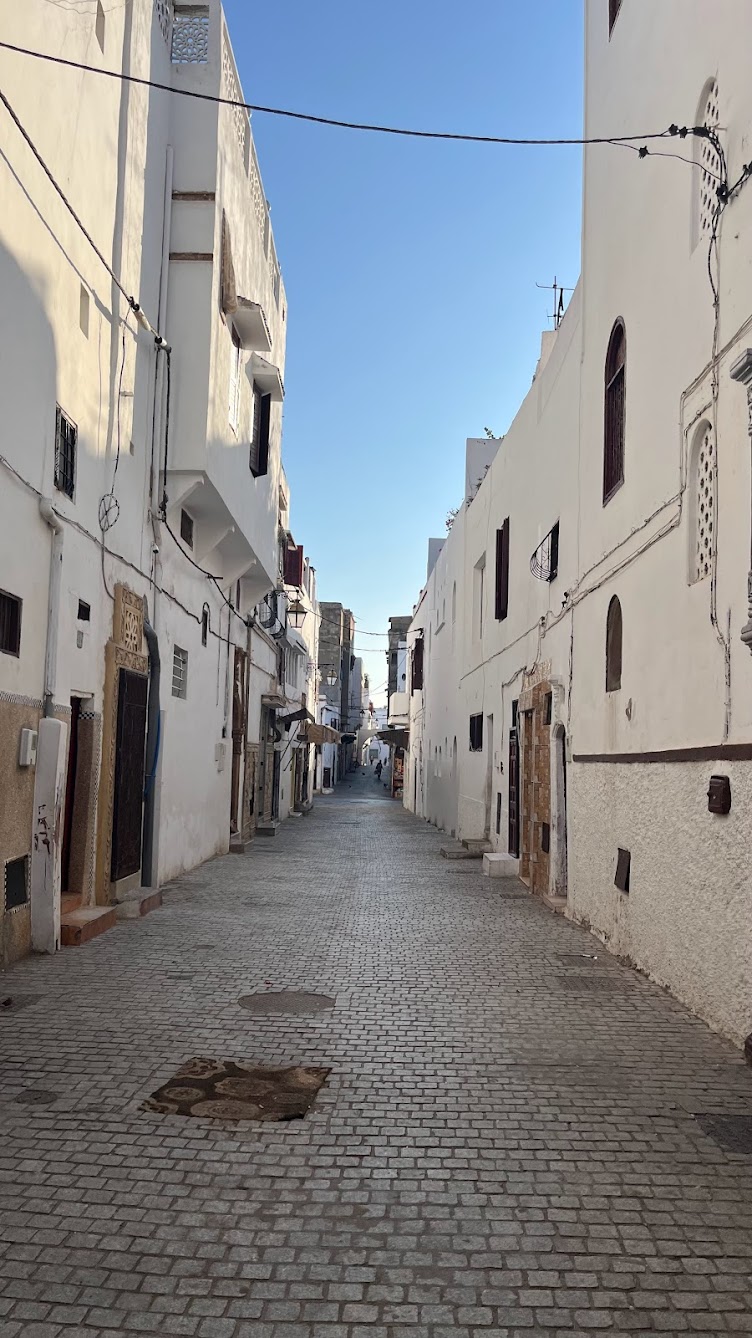
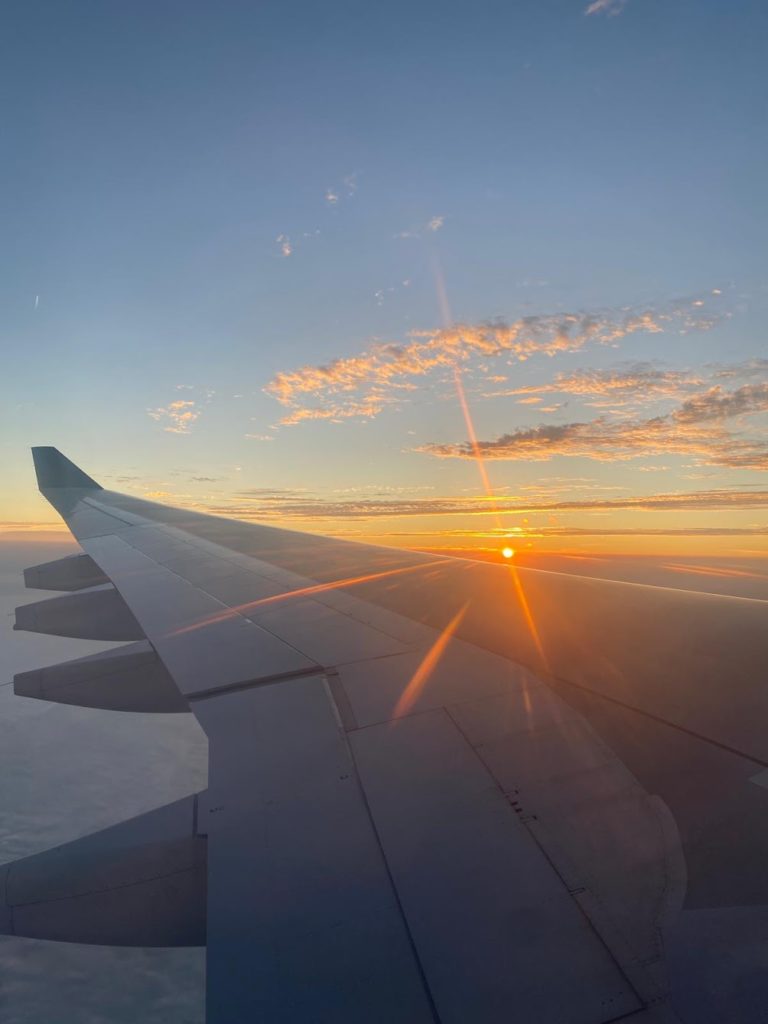


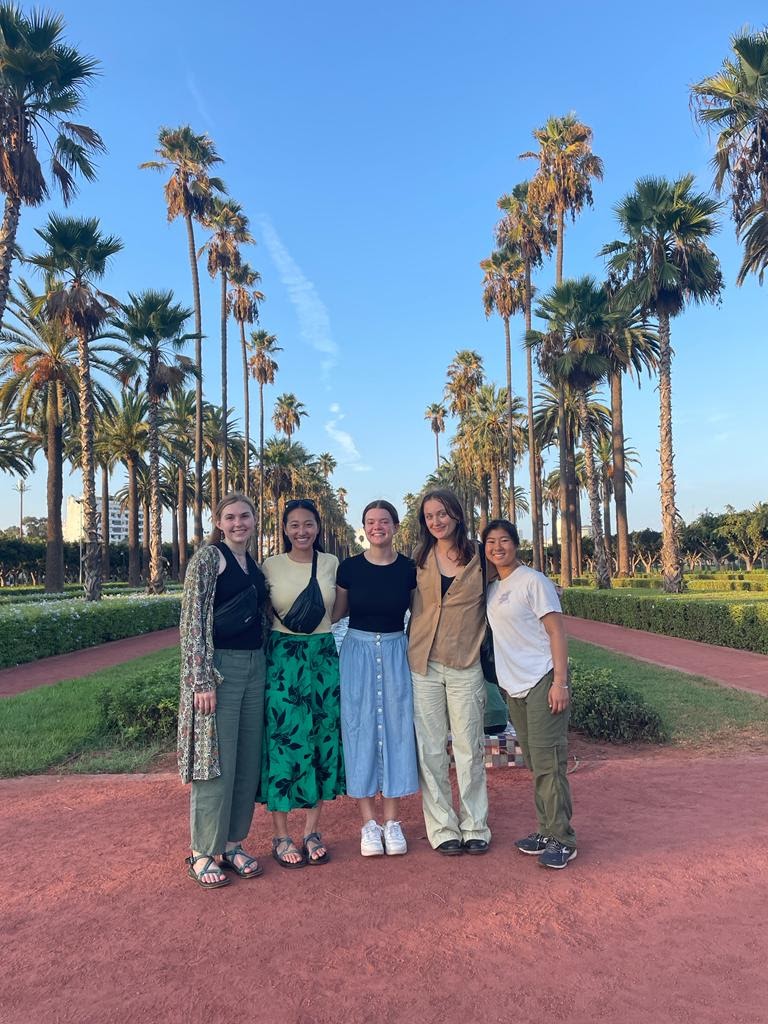
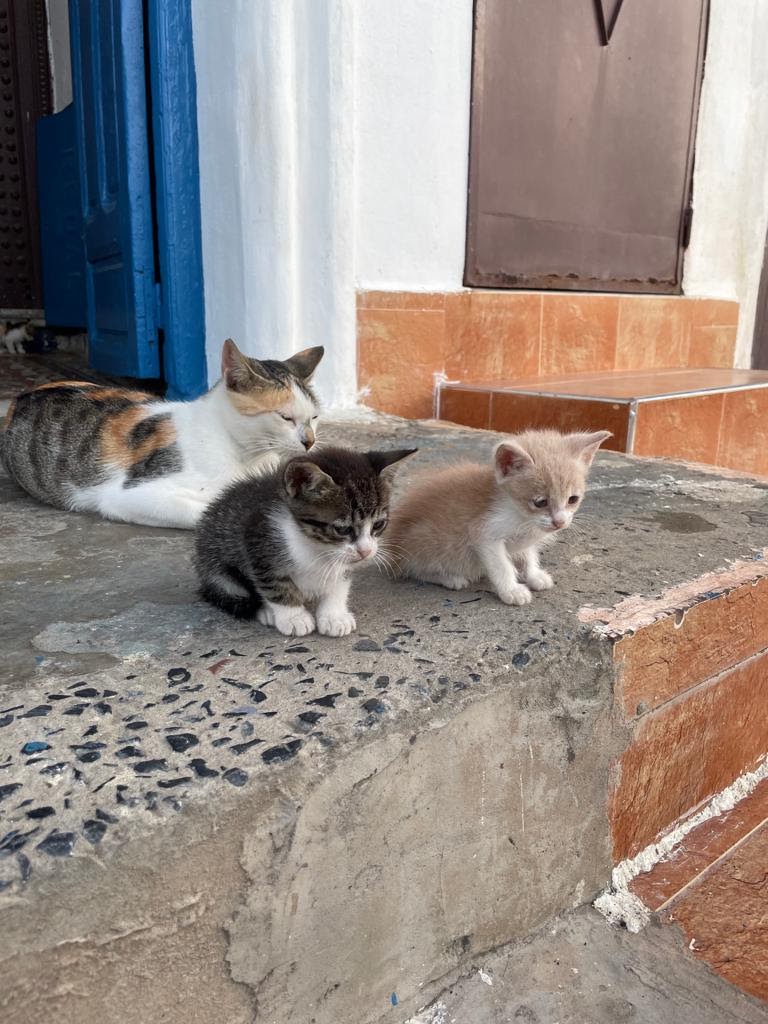
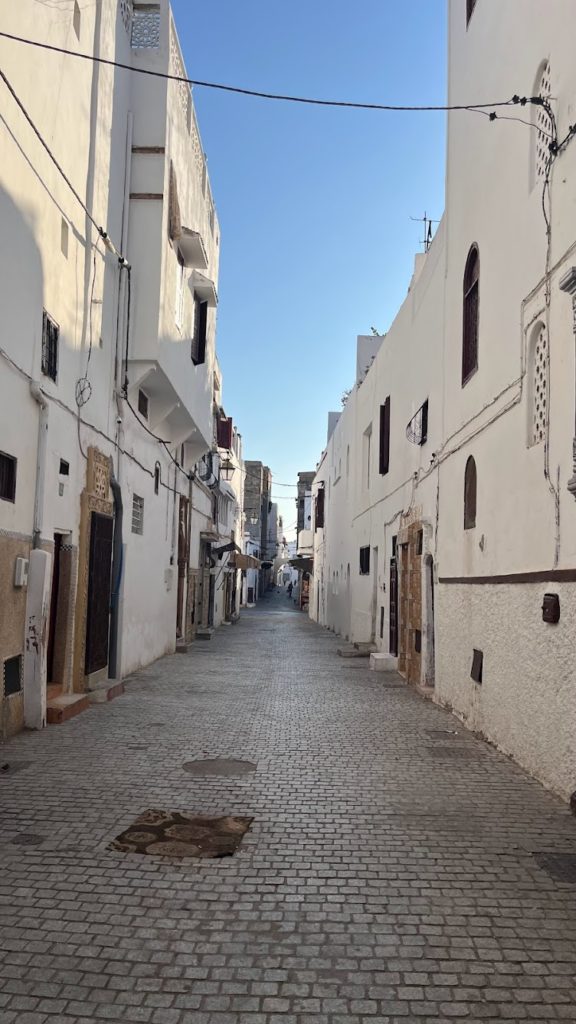

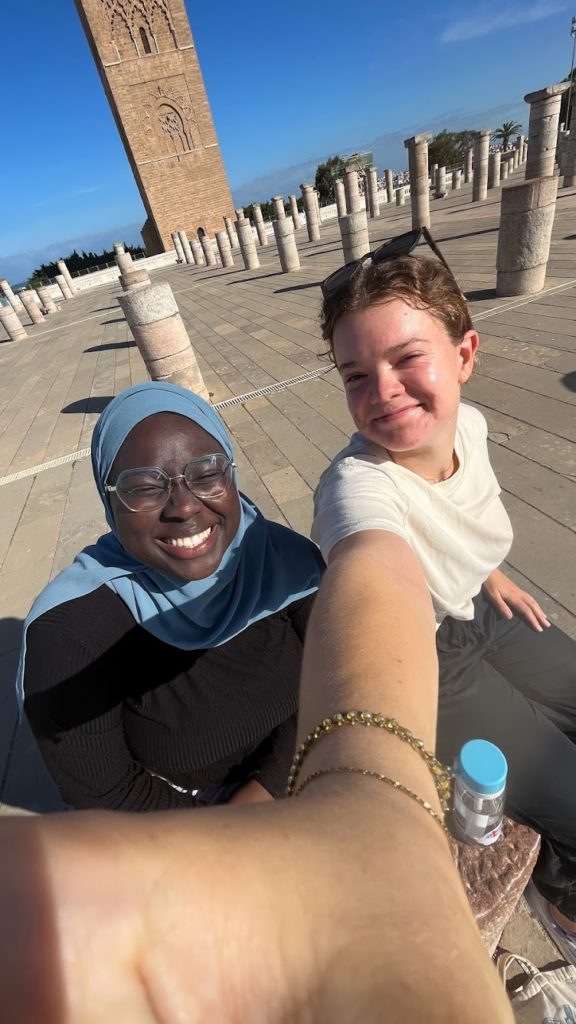
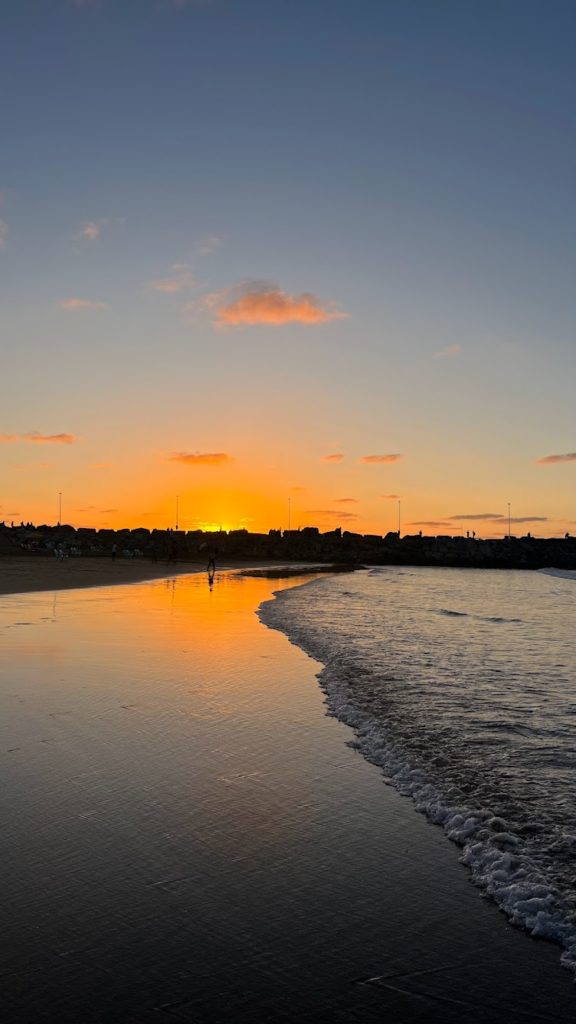

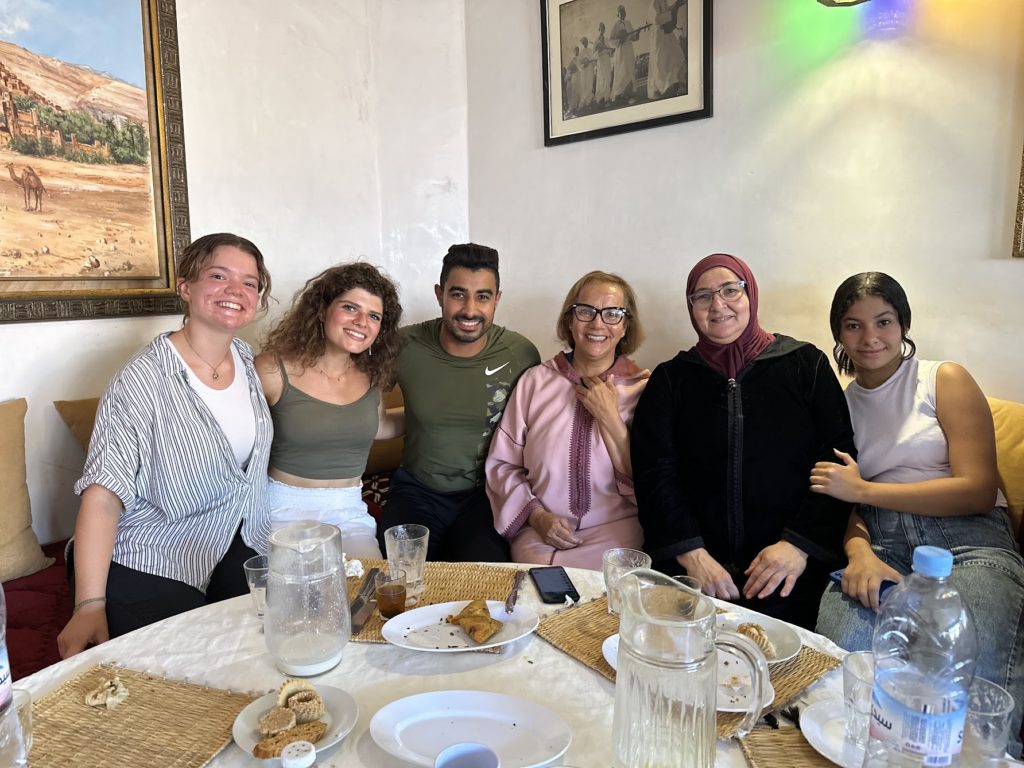
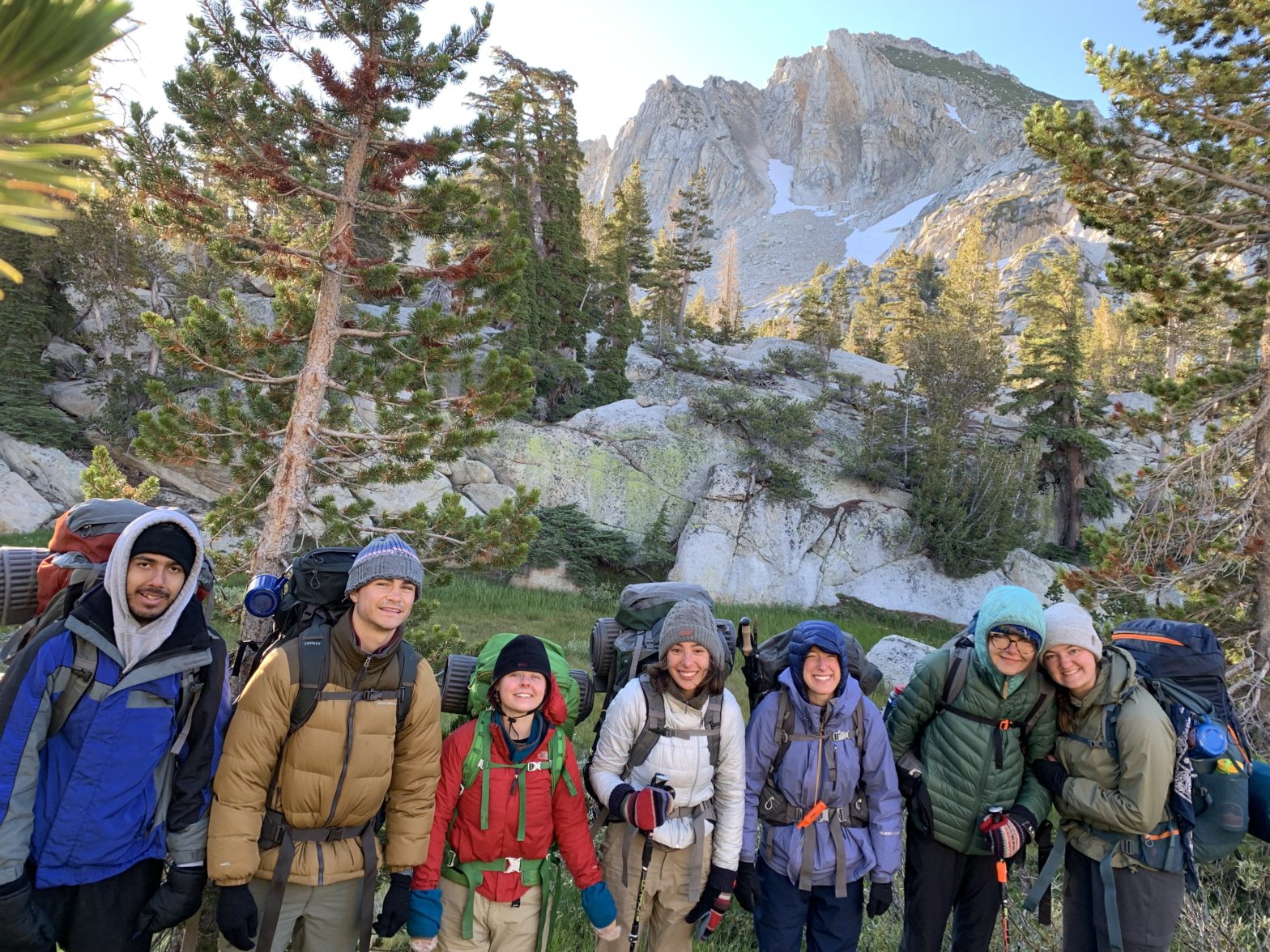






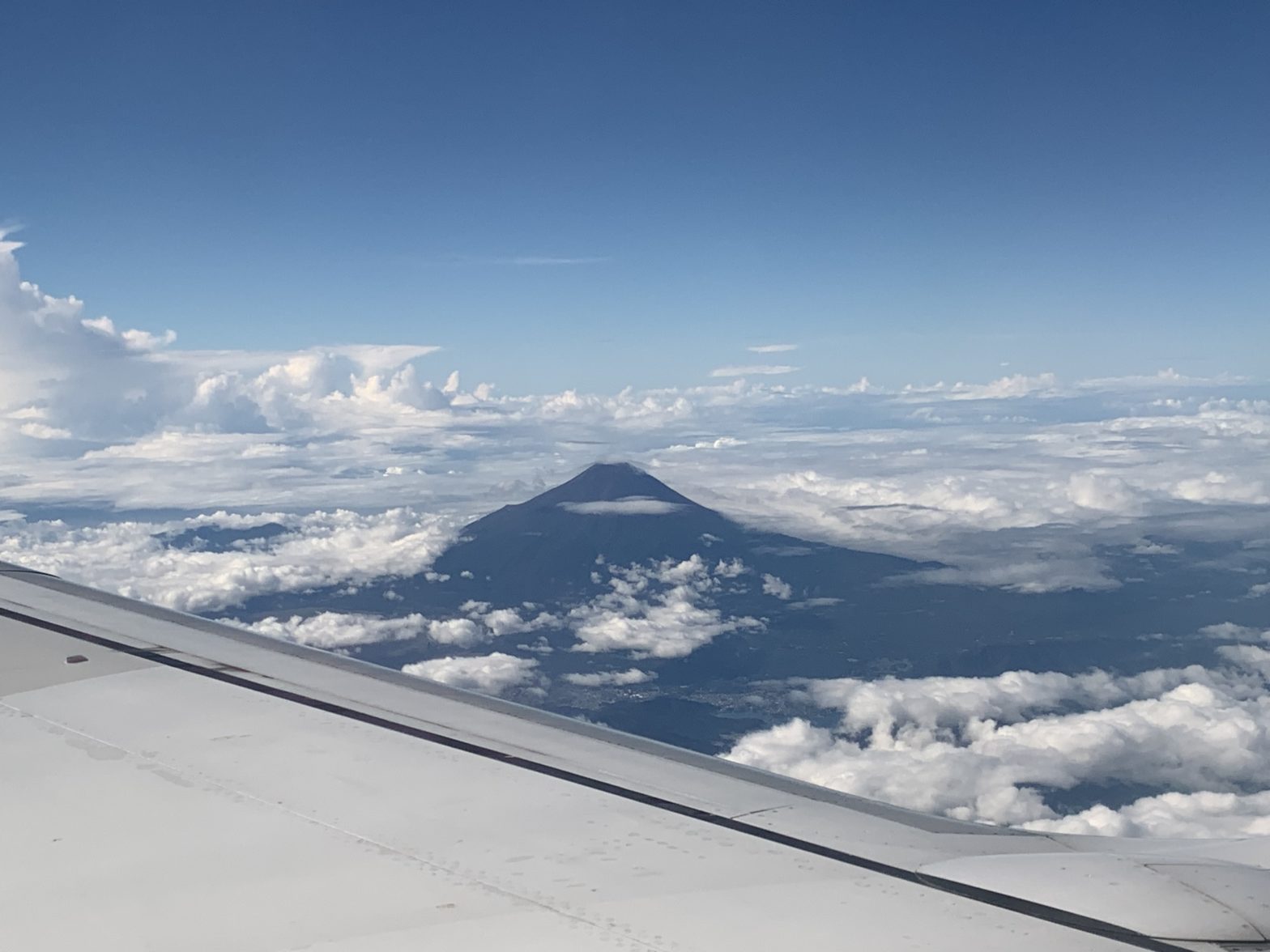
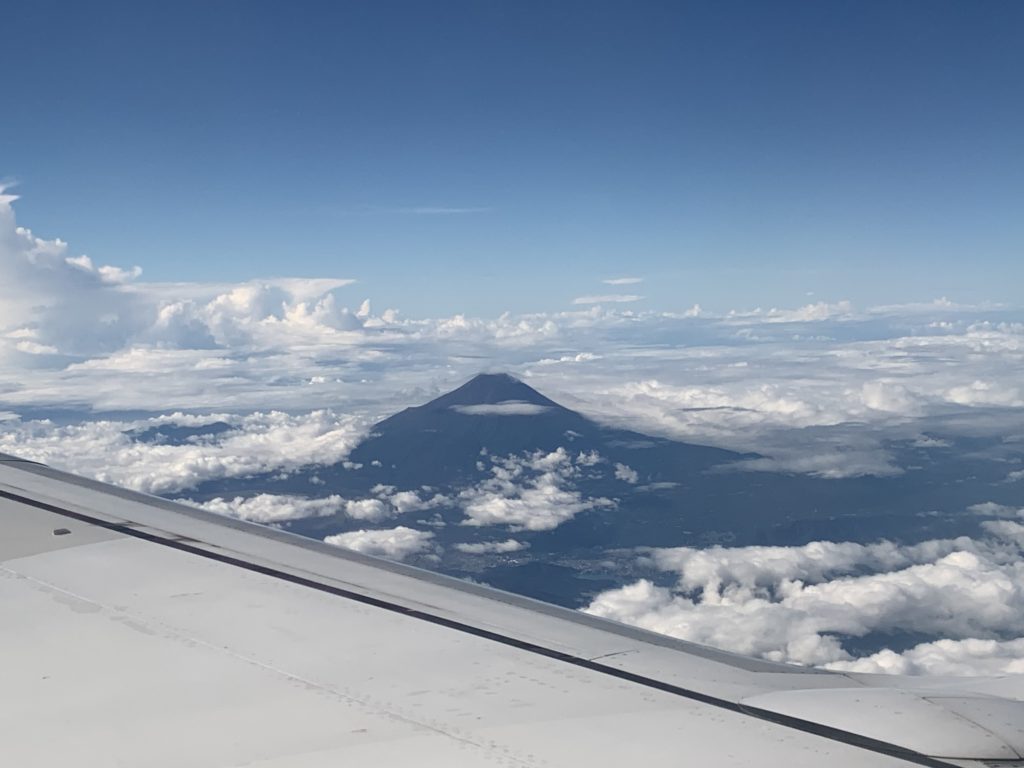
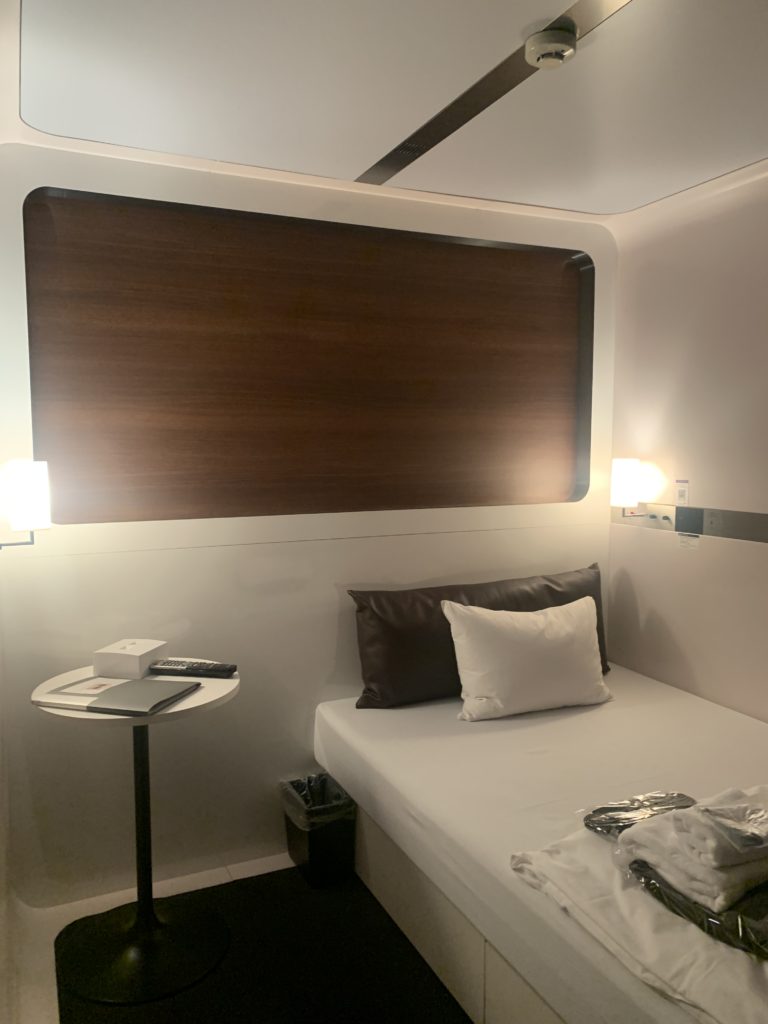

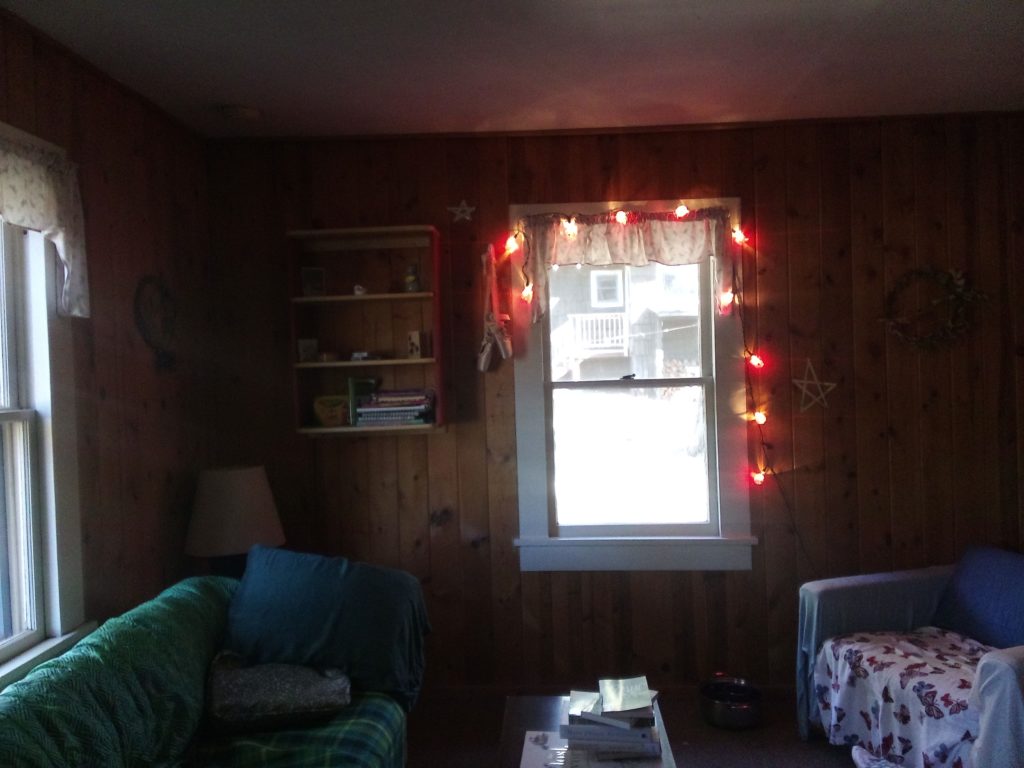
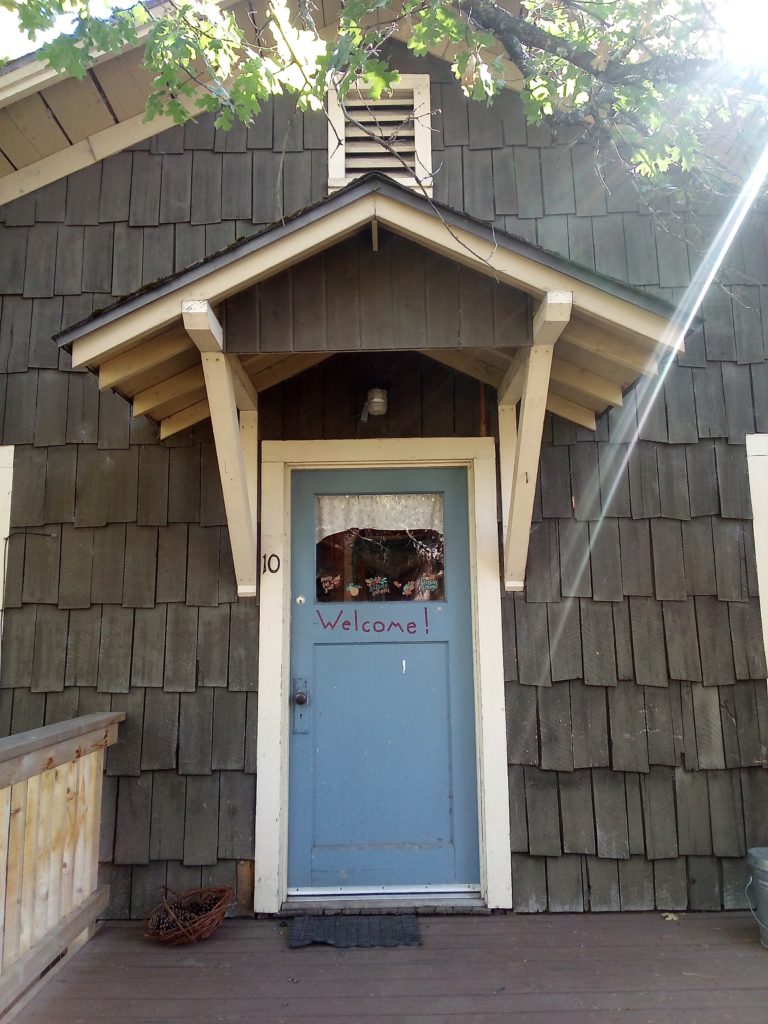
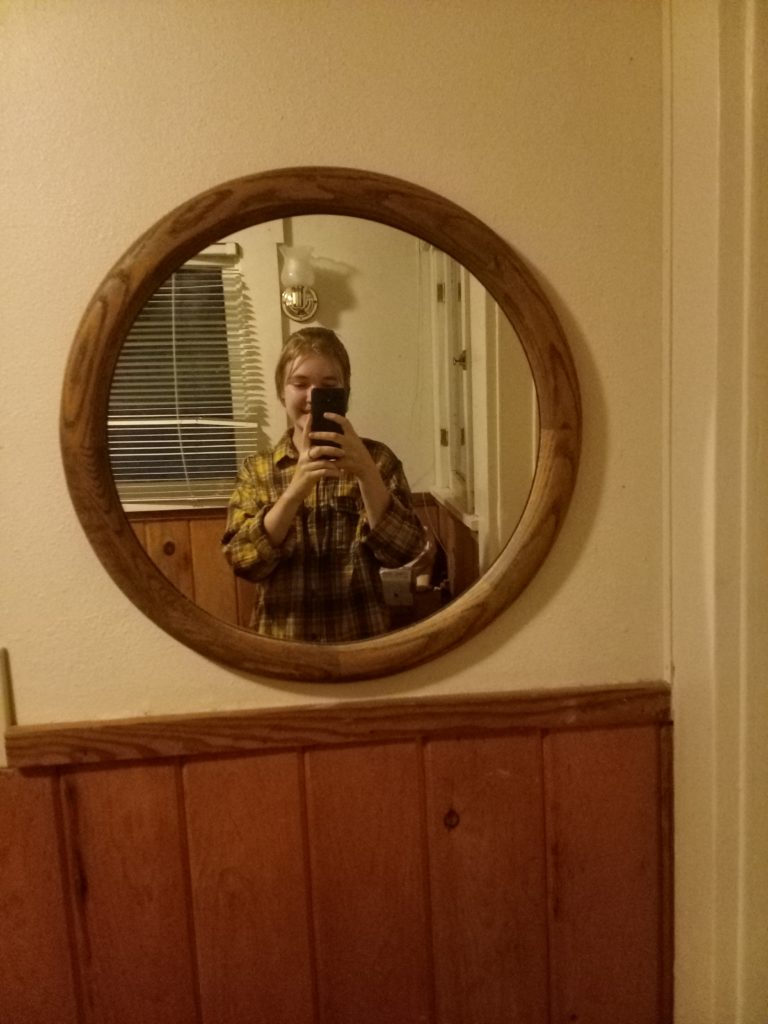


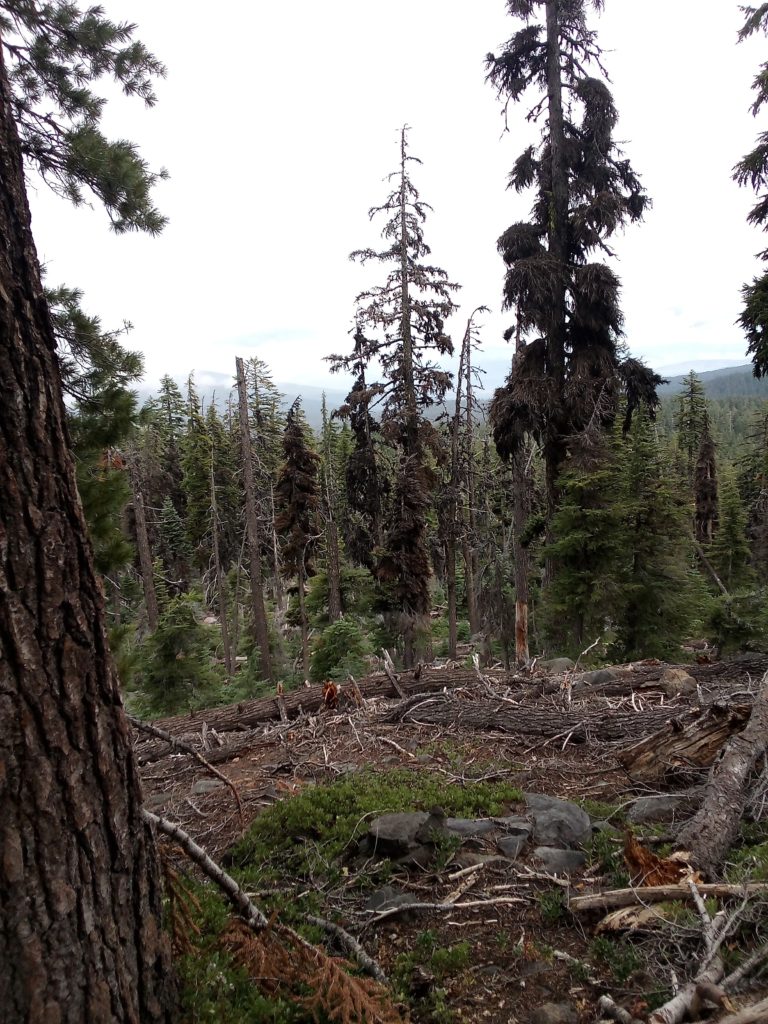
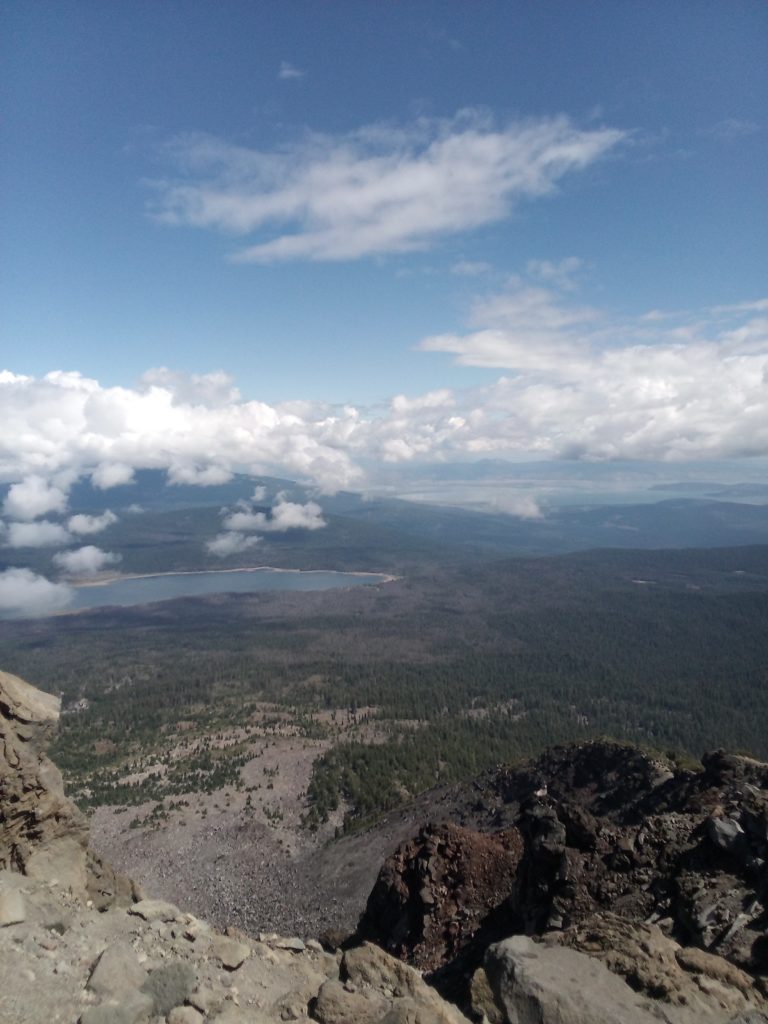
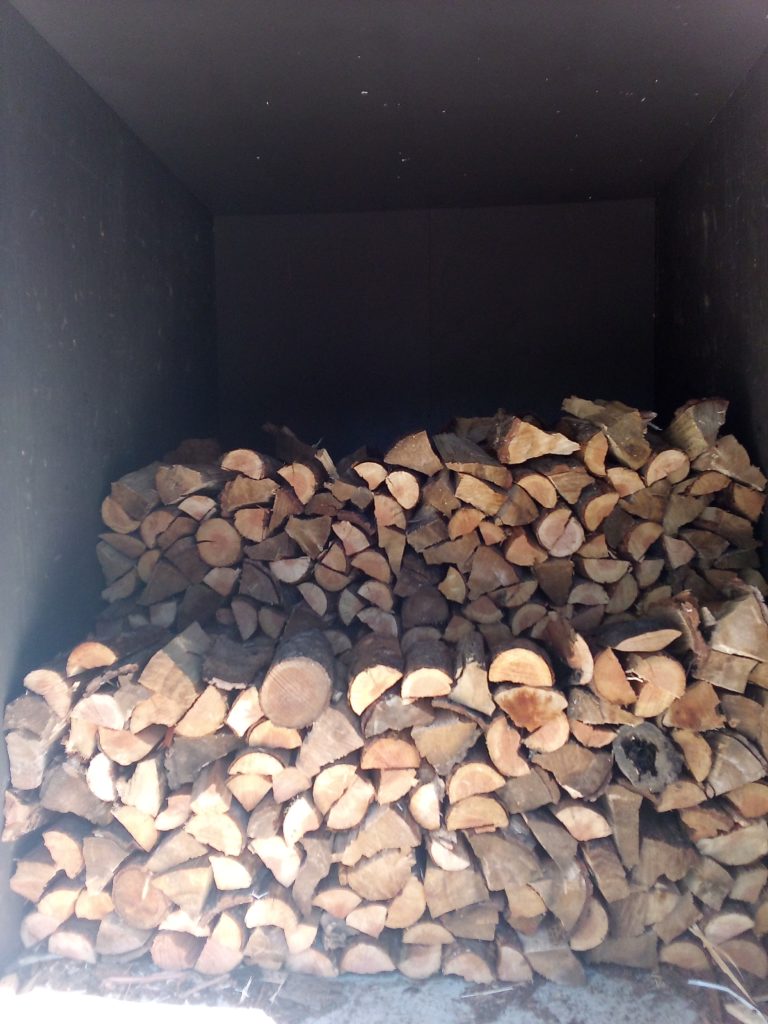

You must be logged in to post a comment.